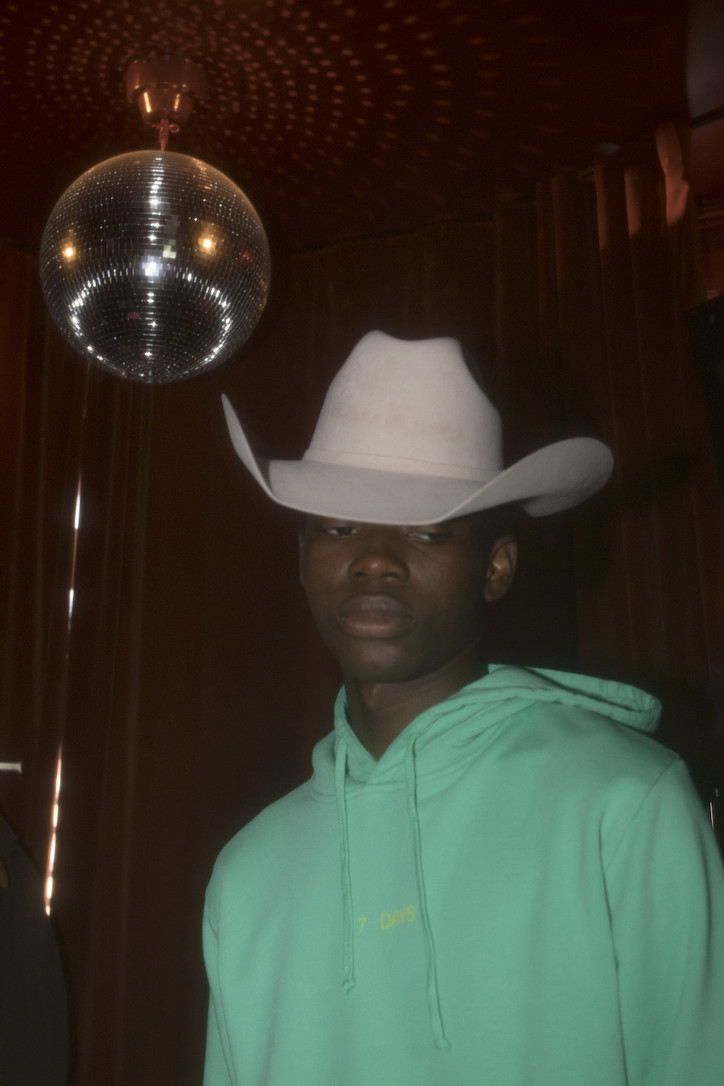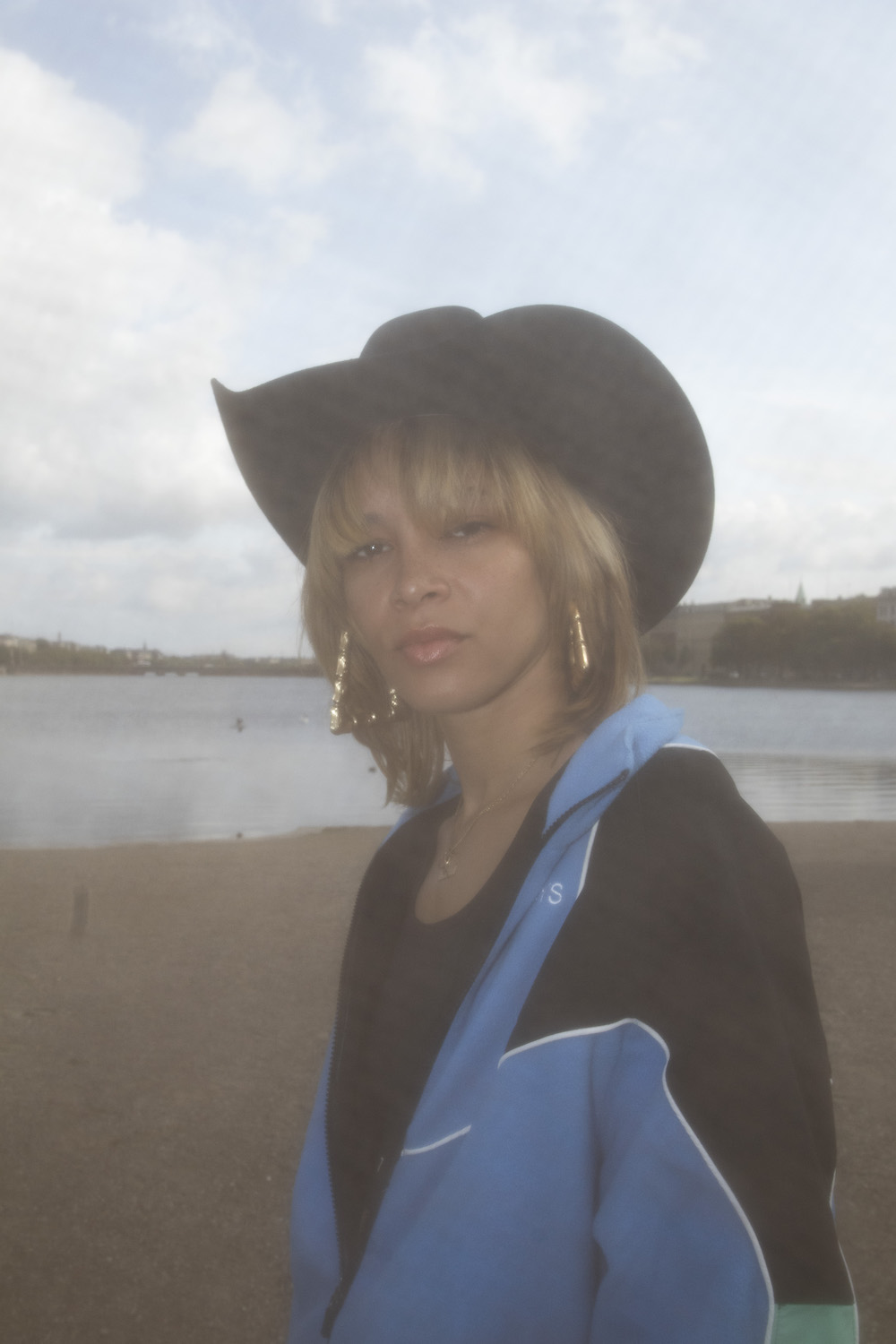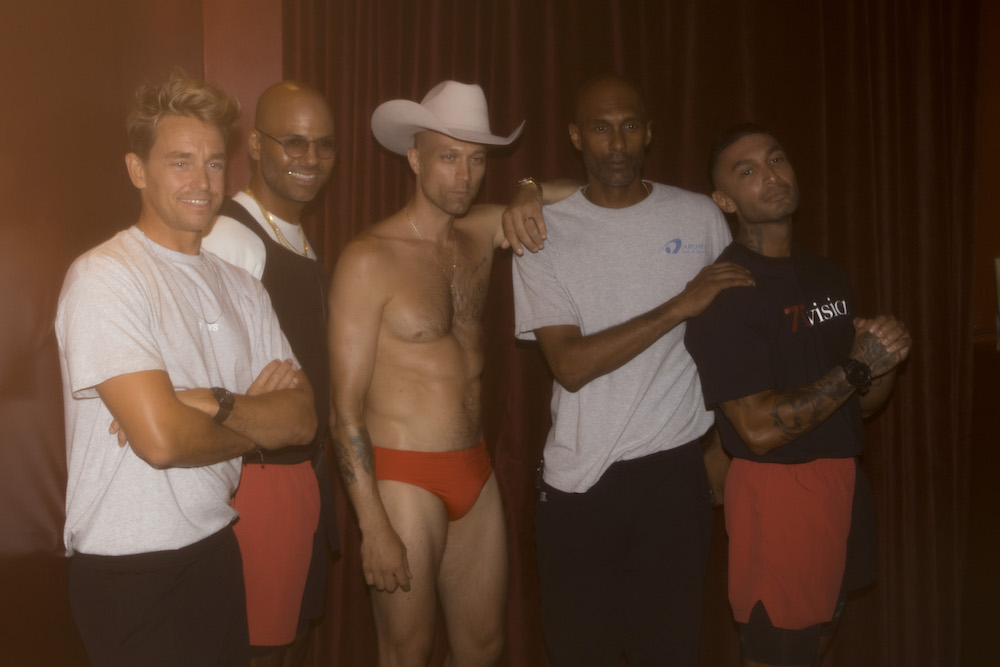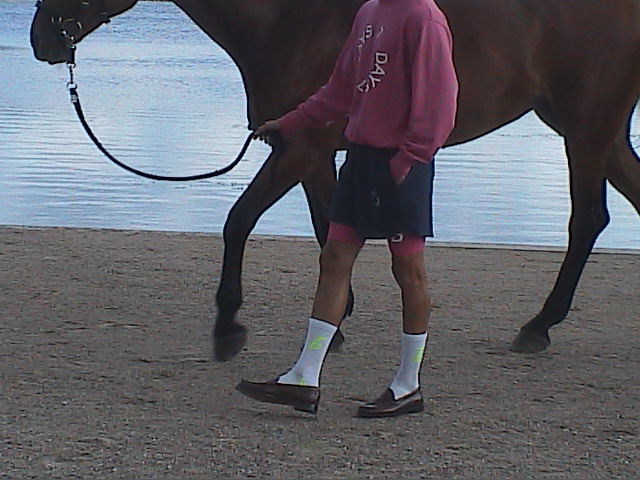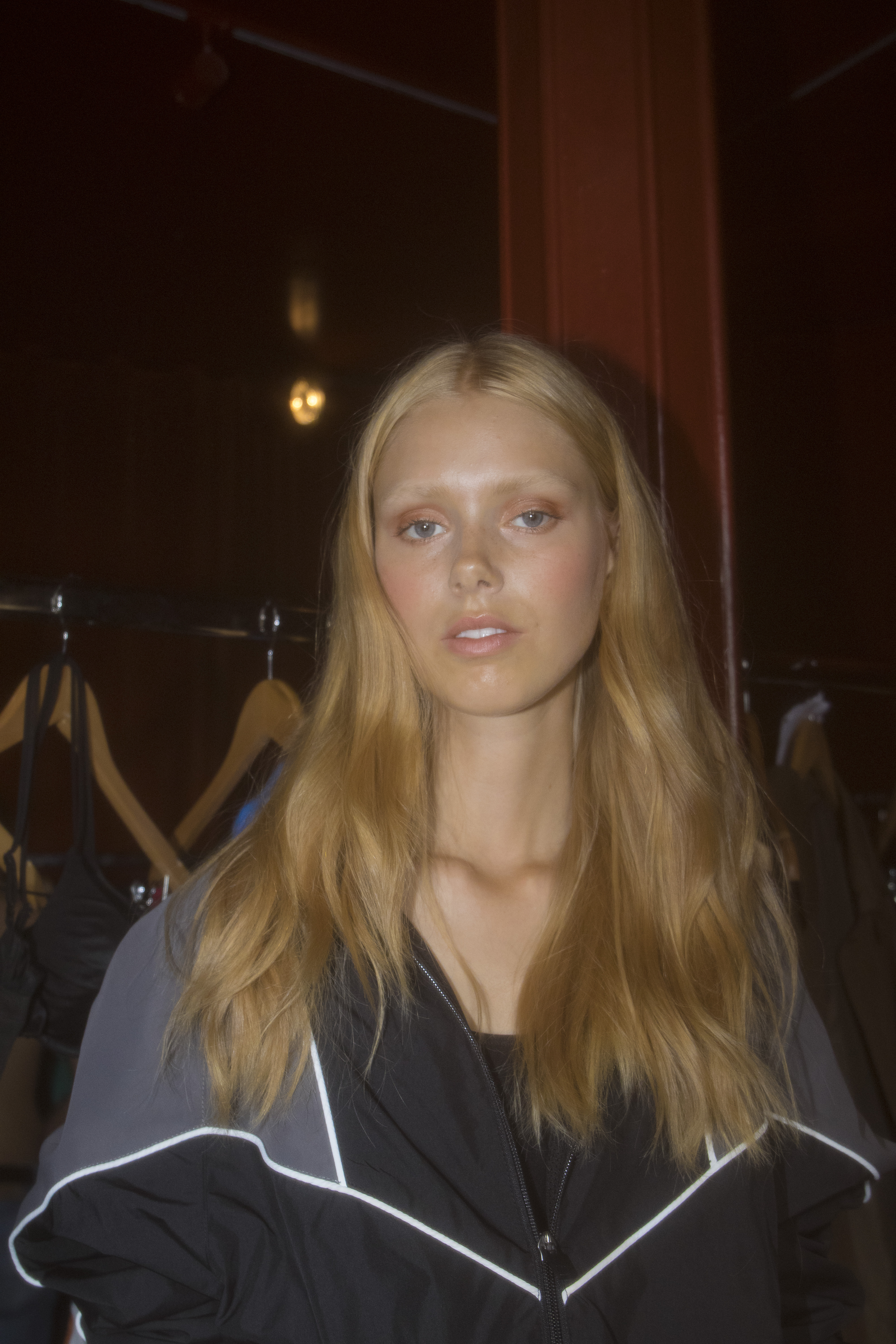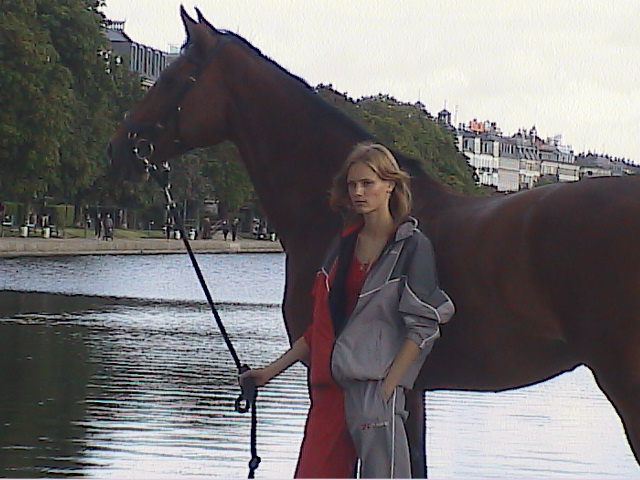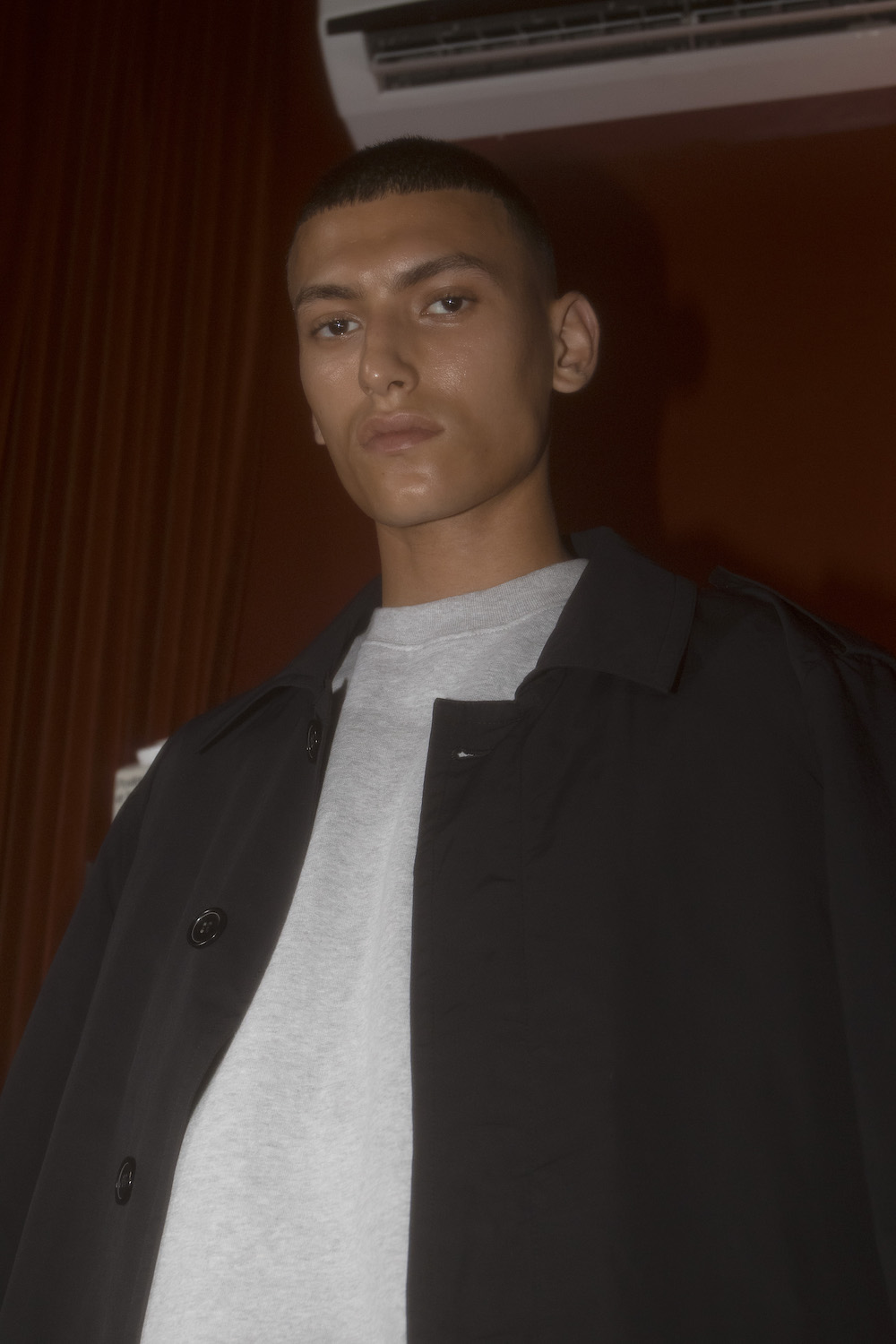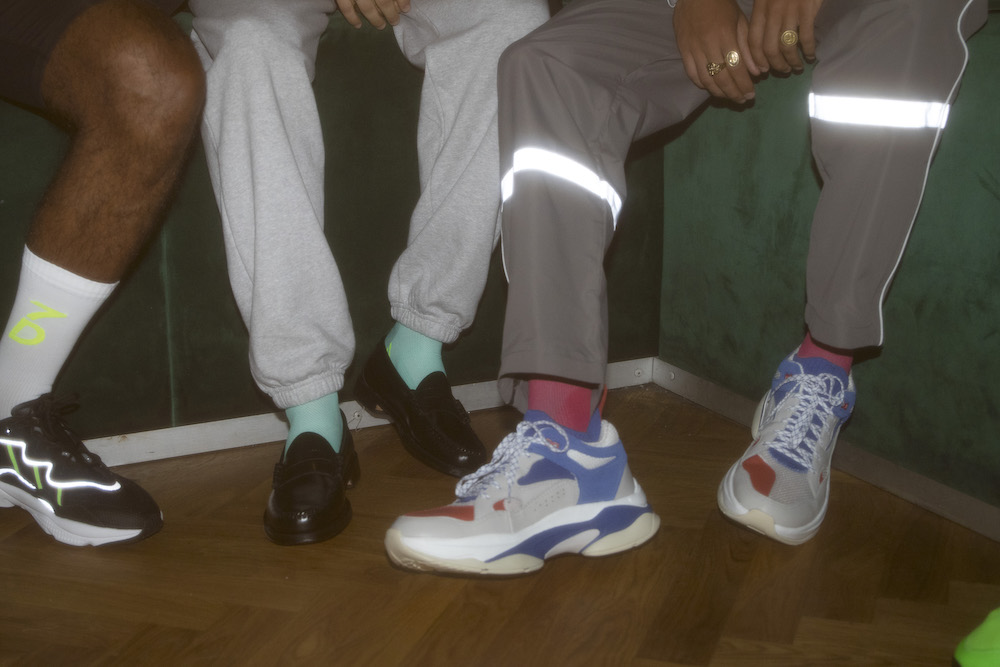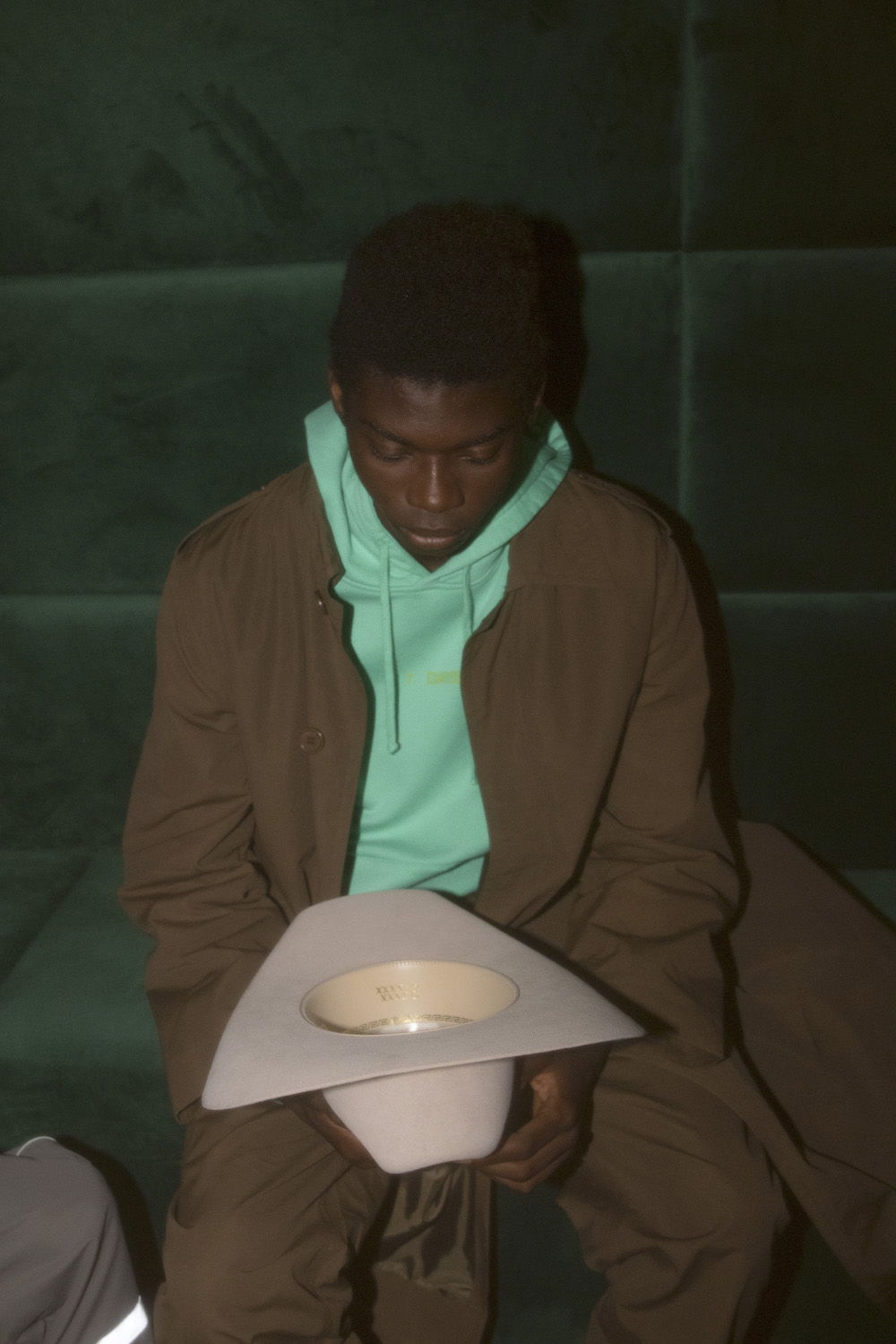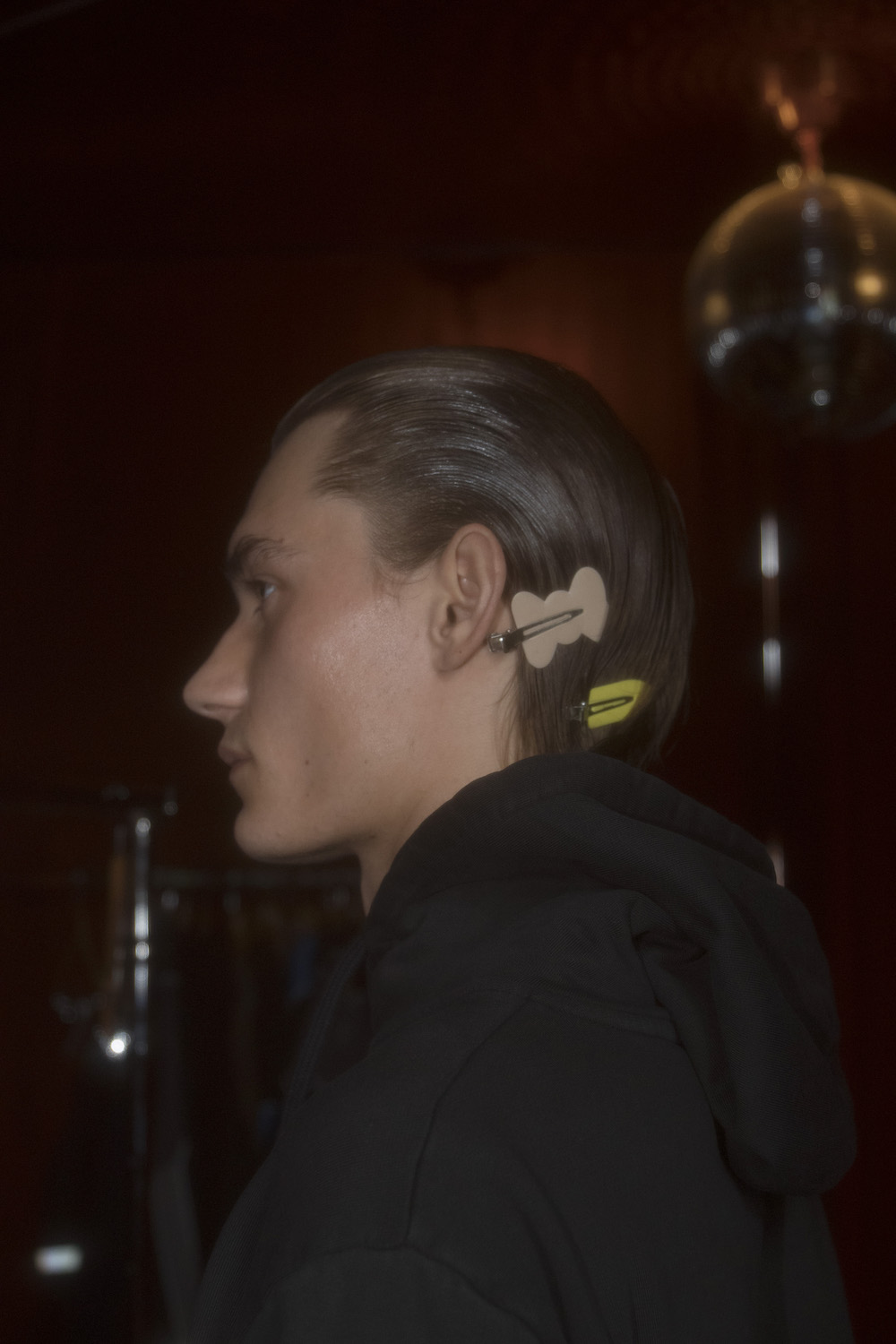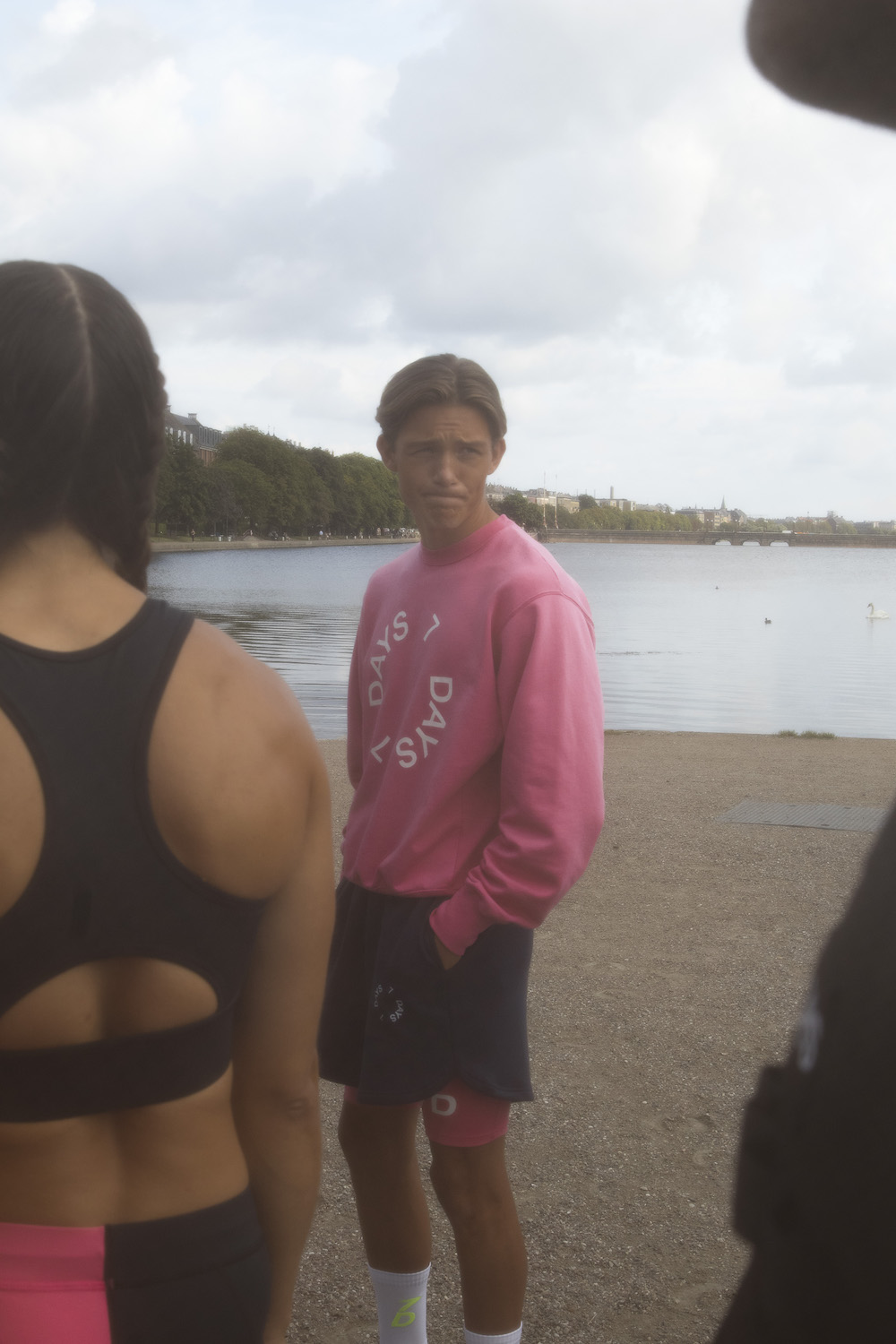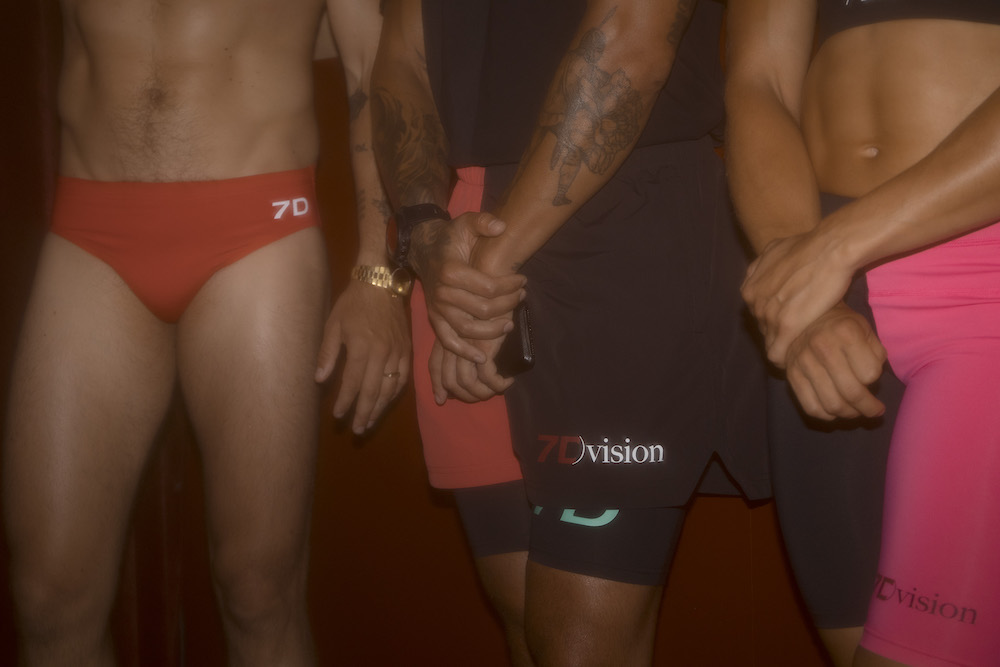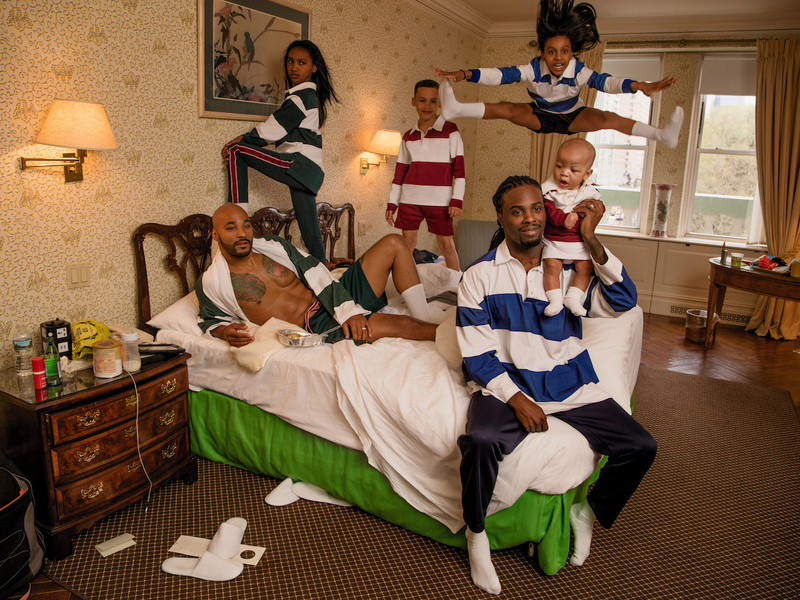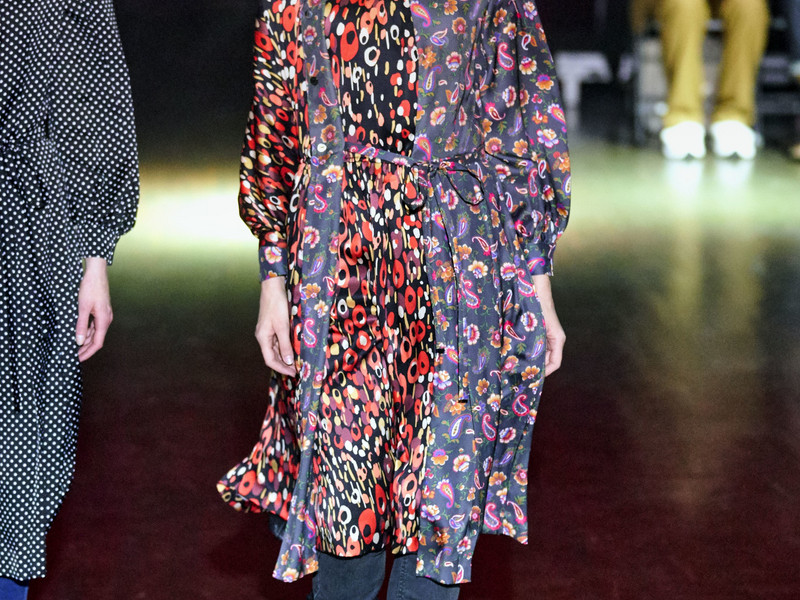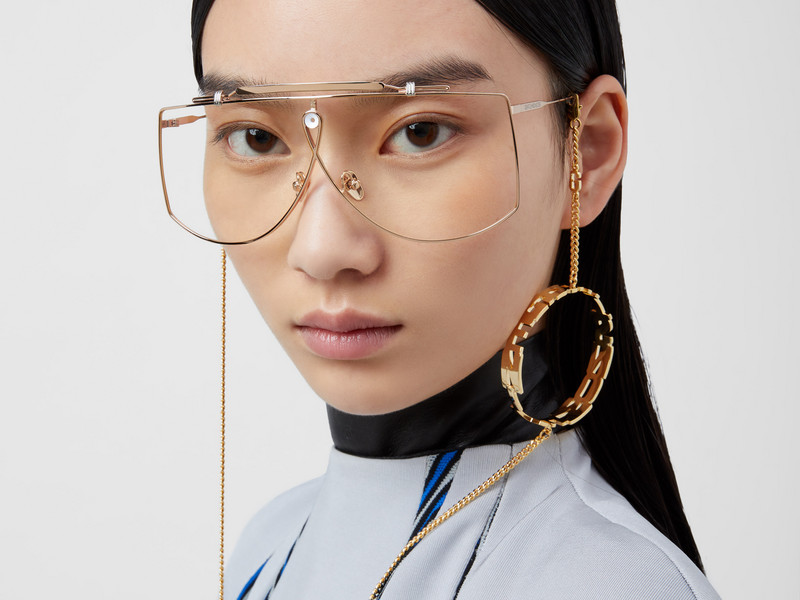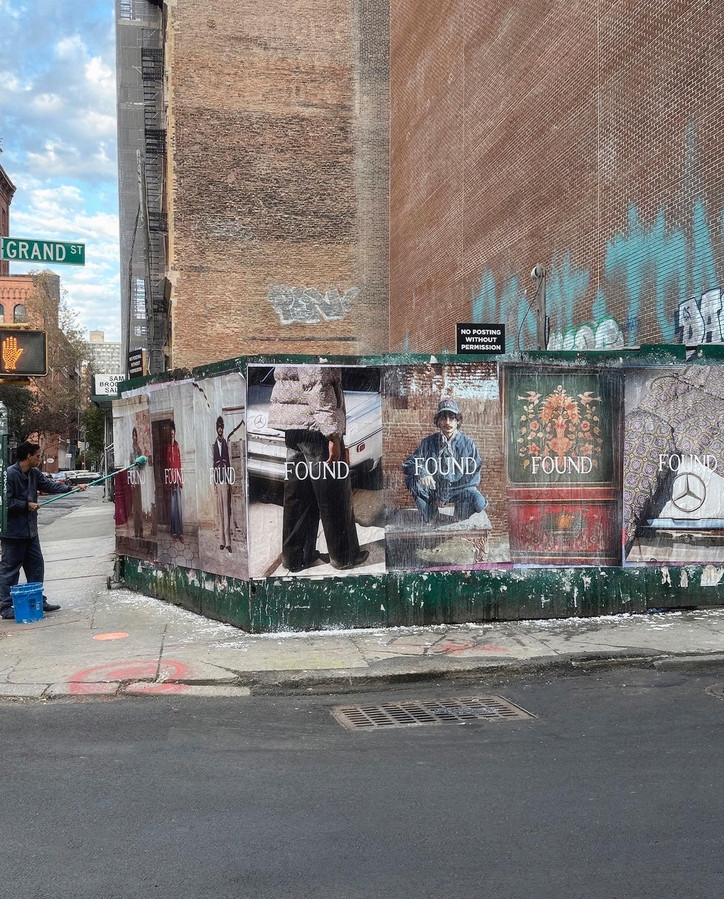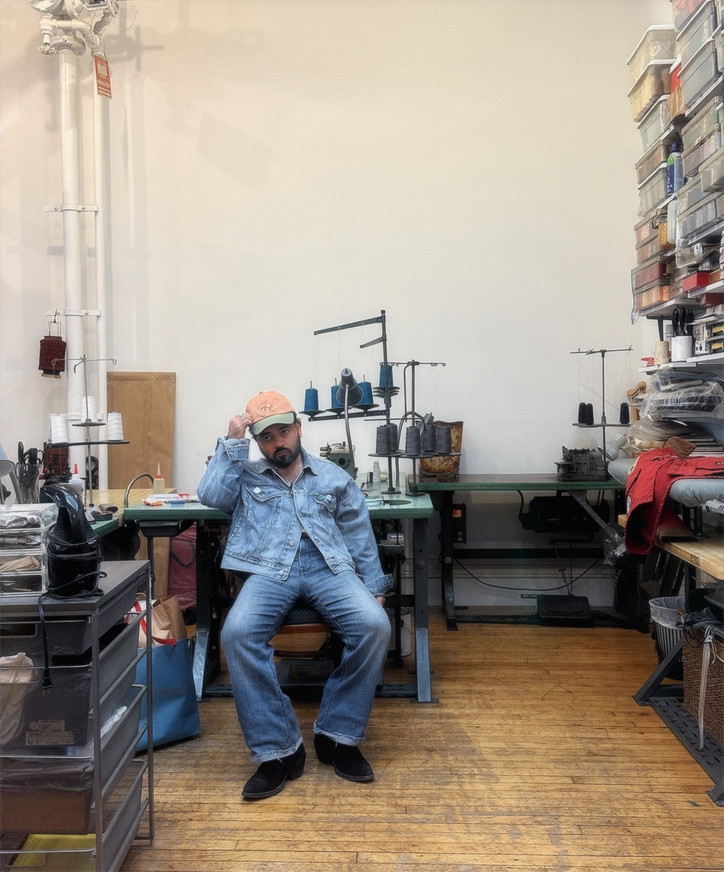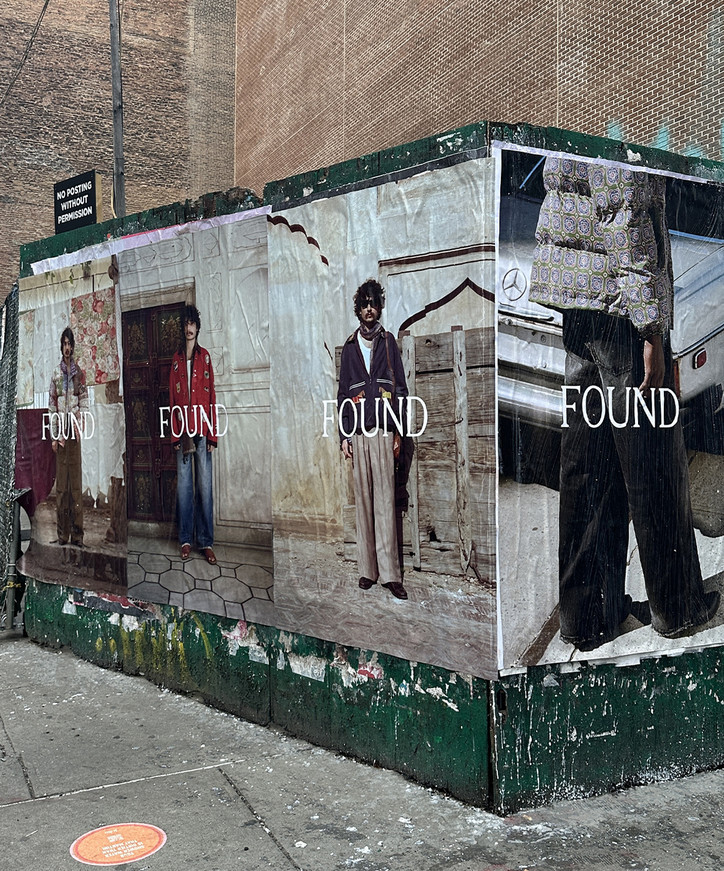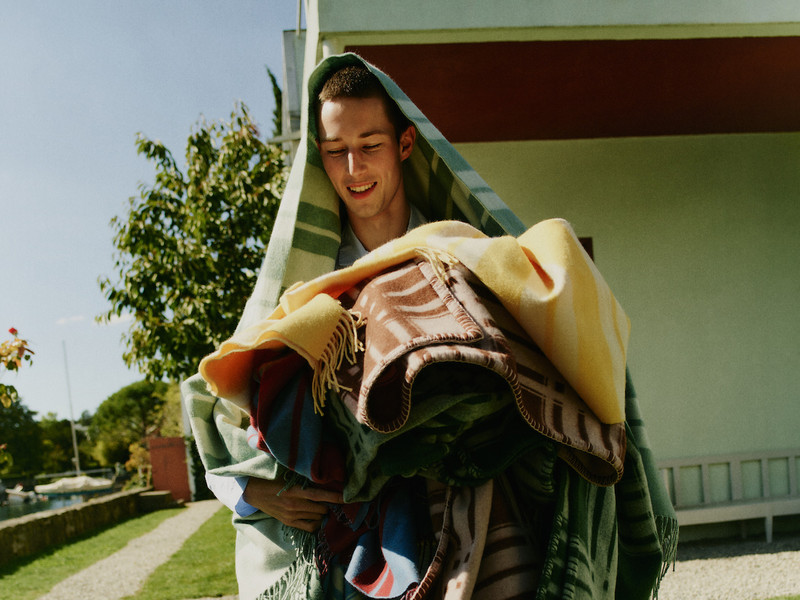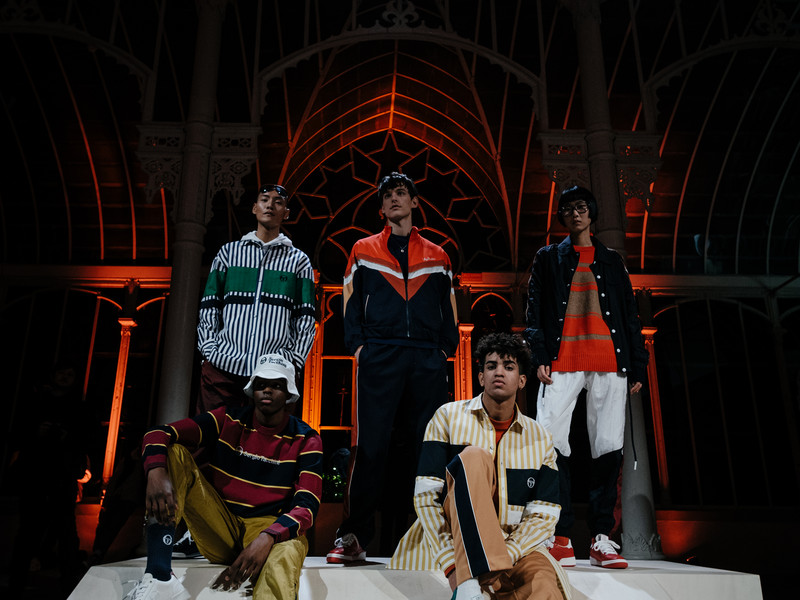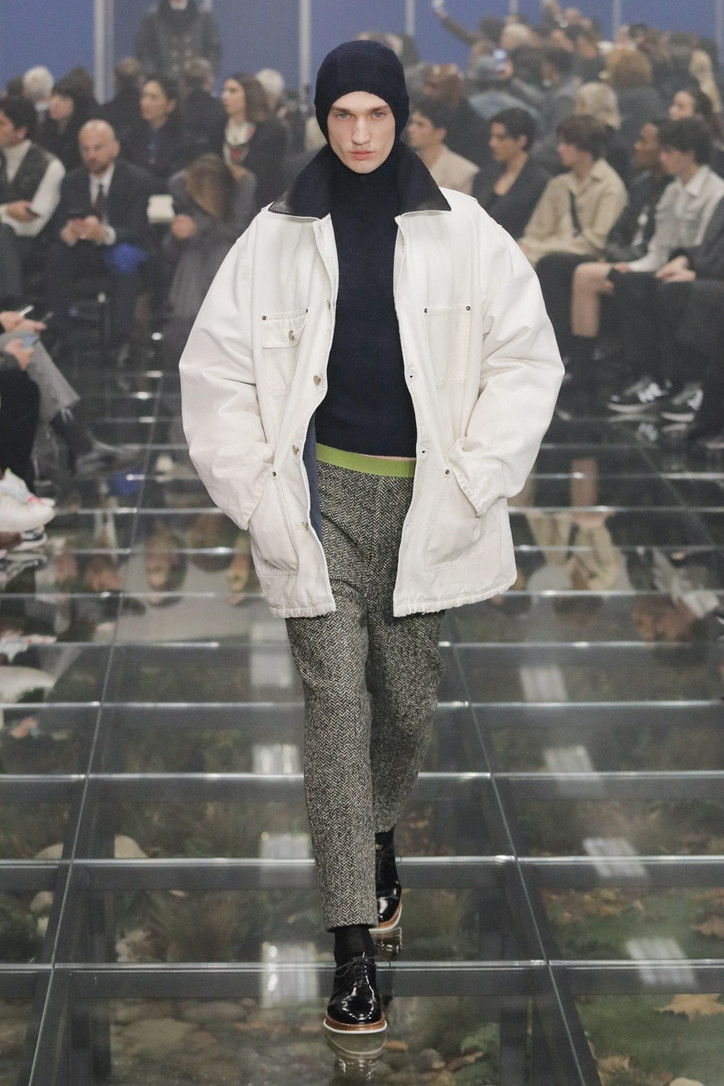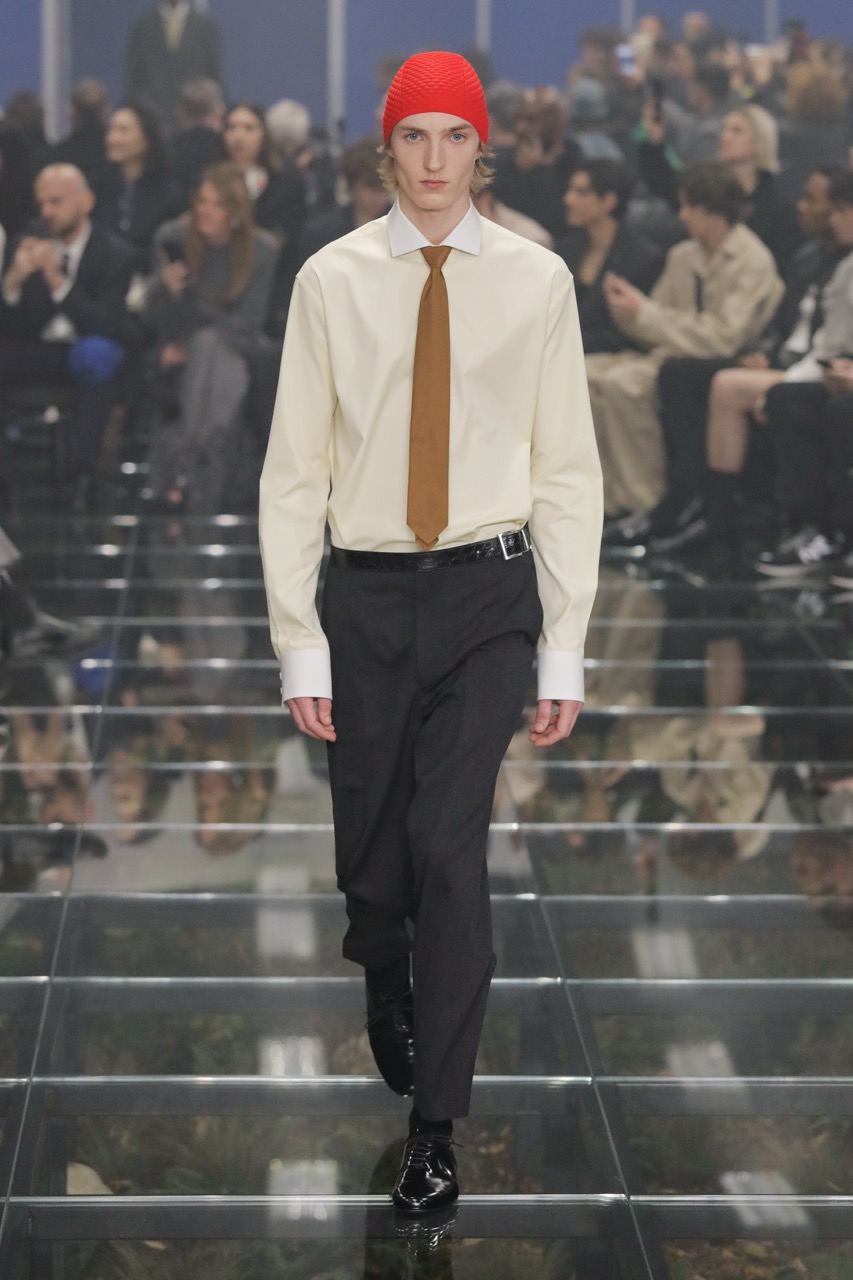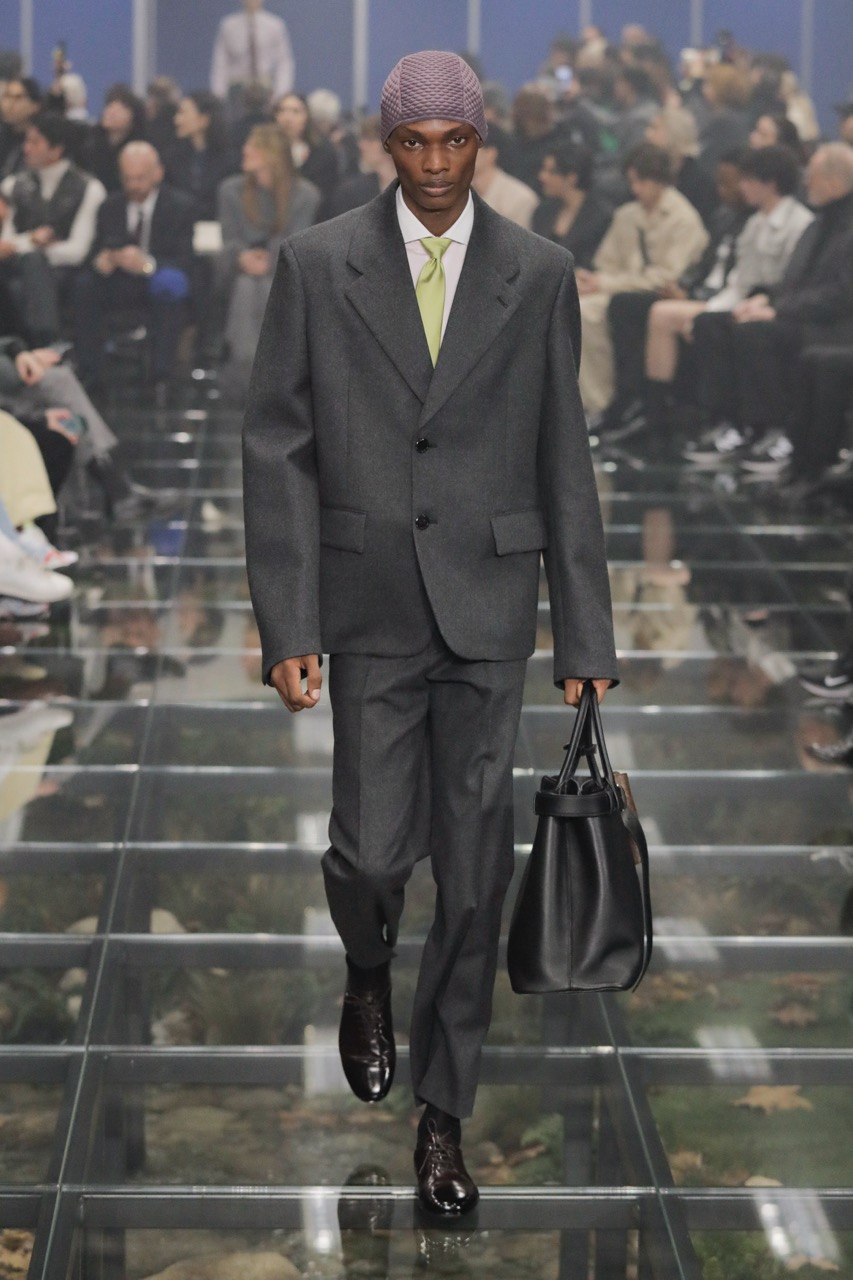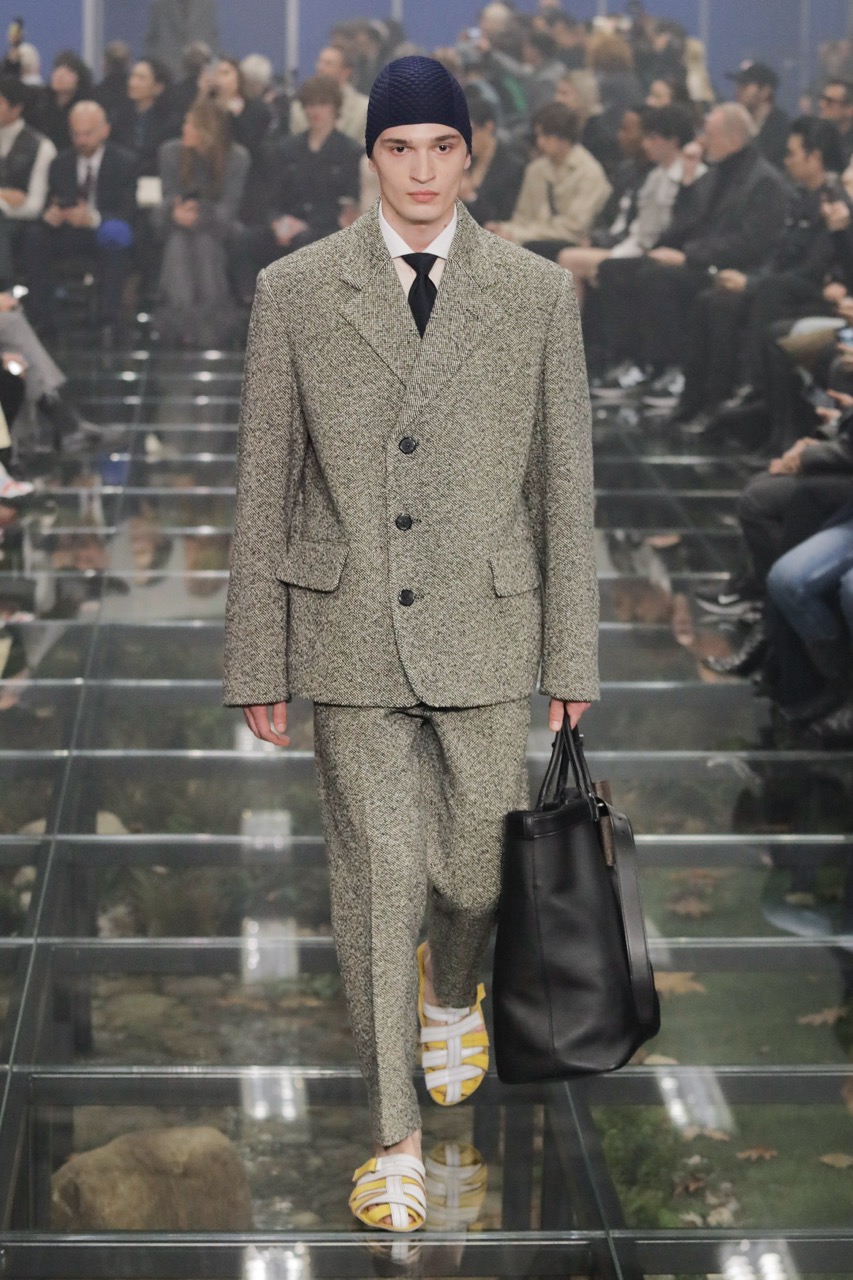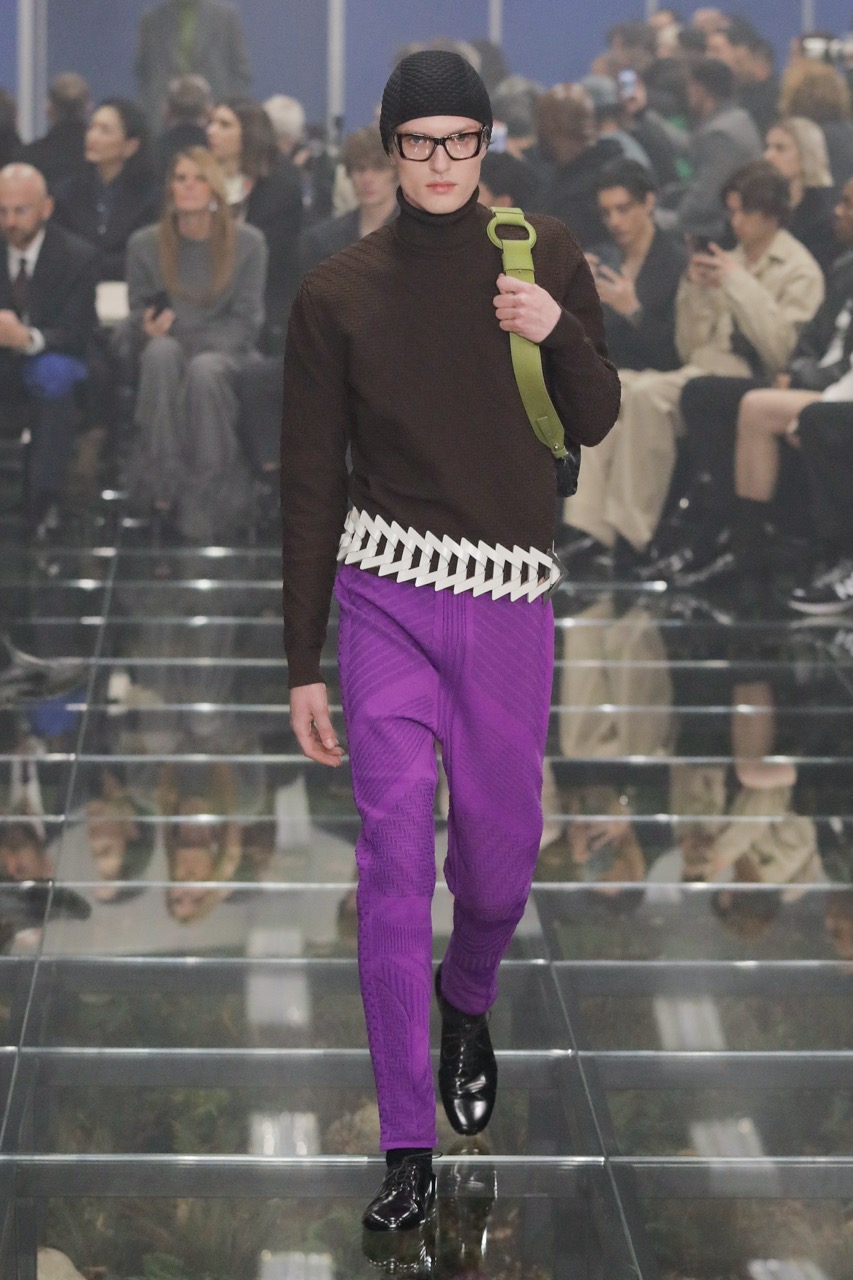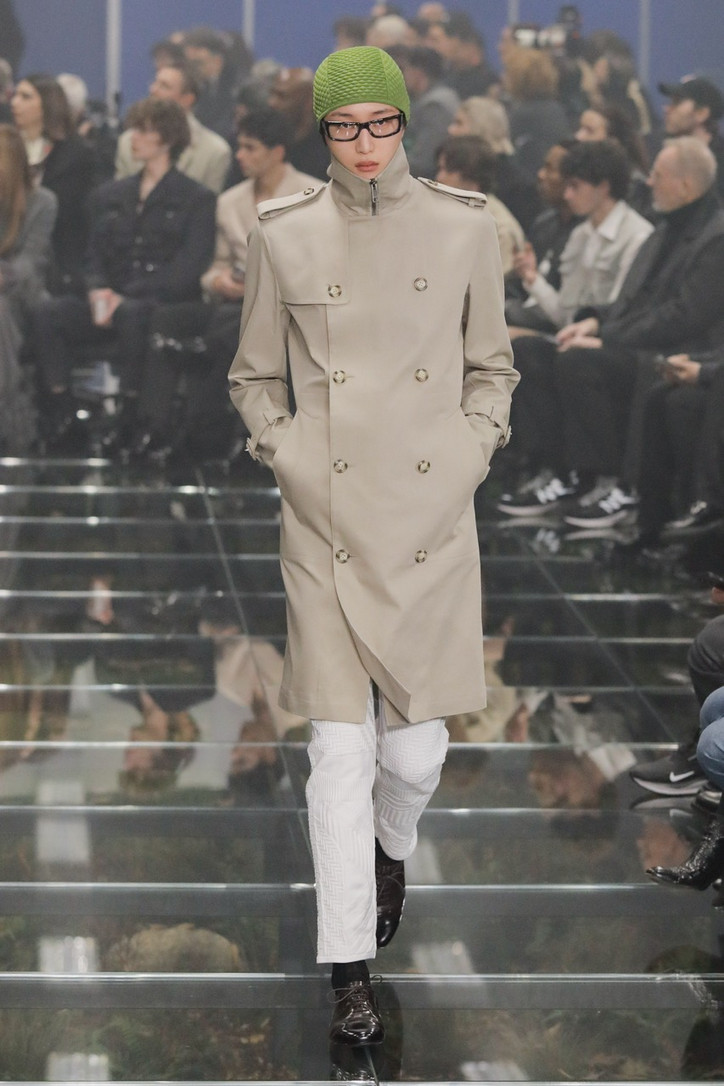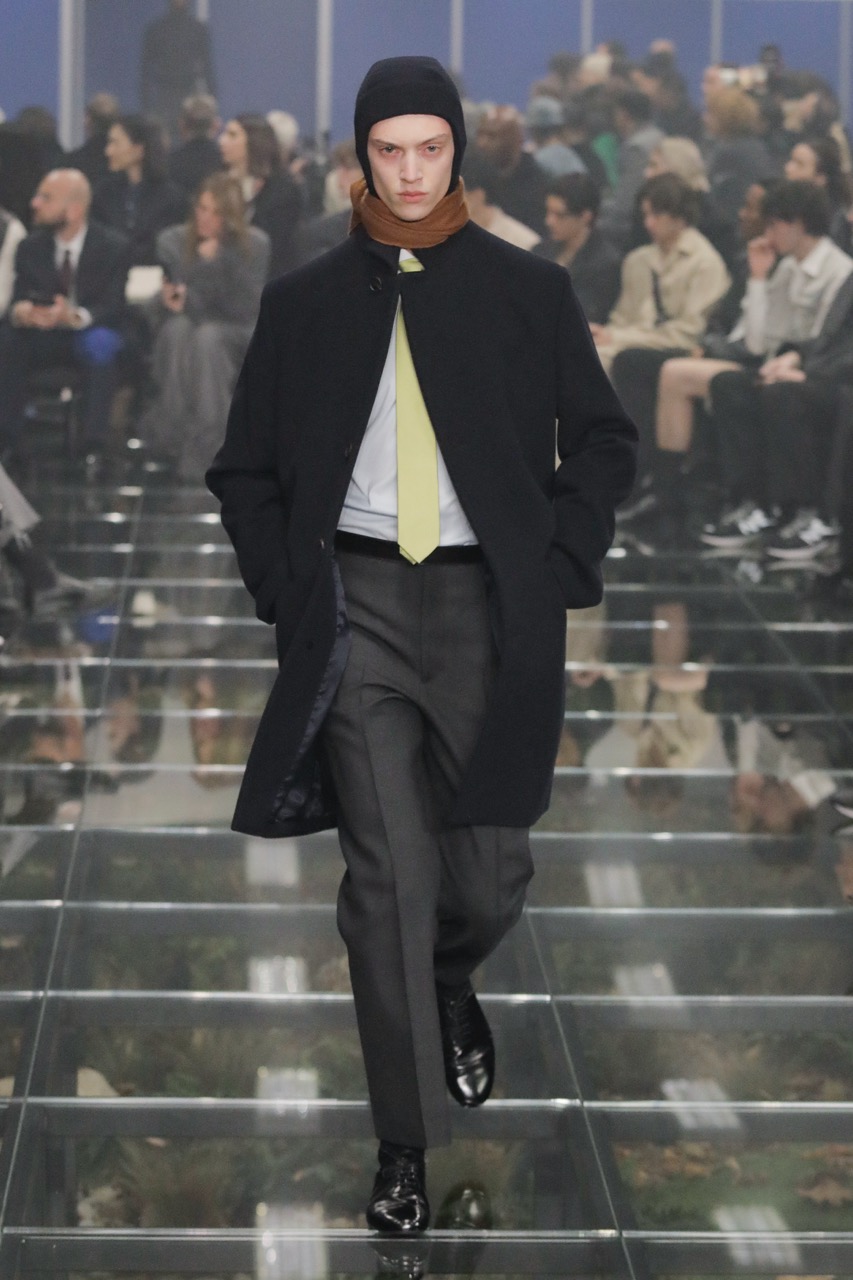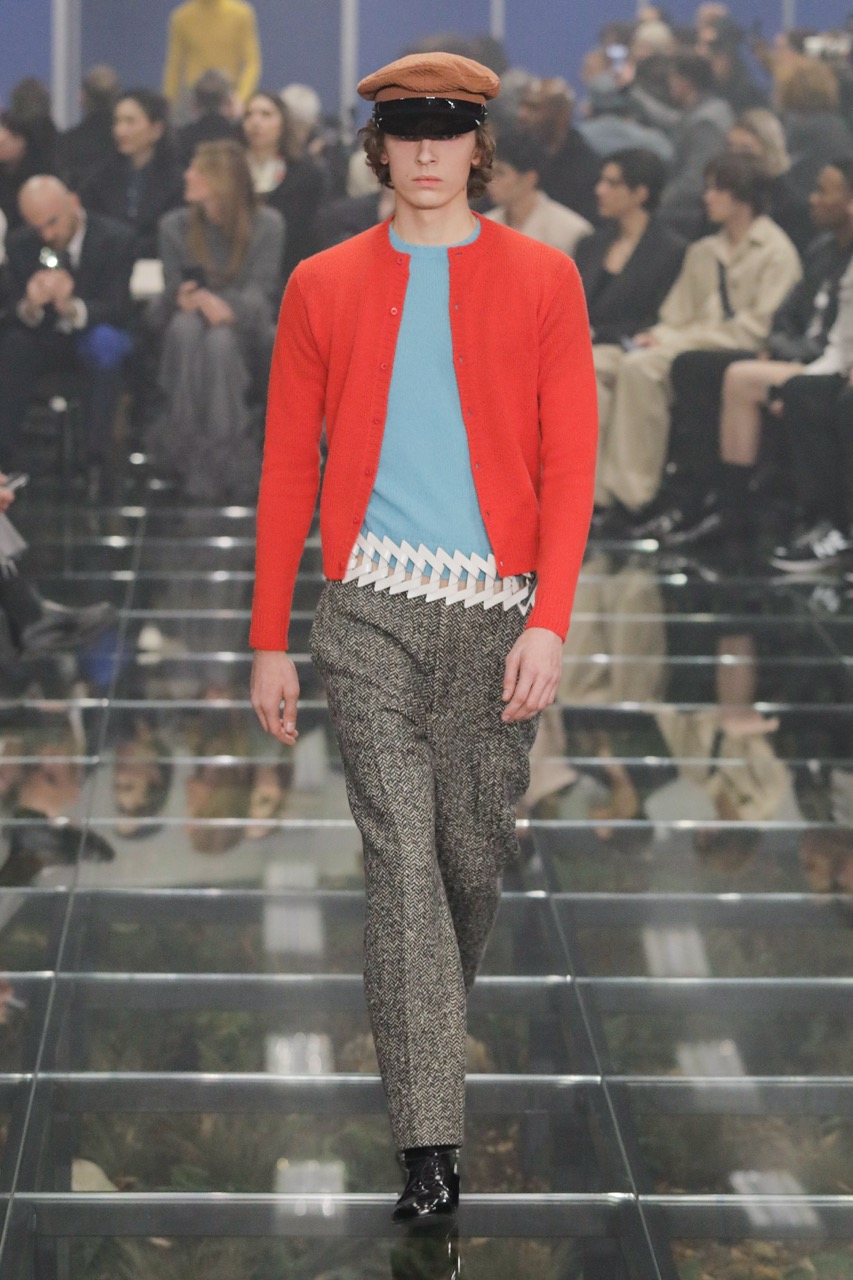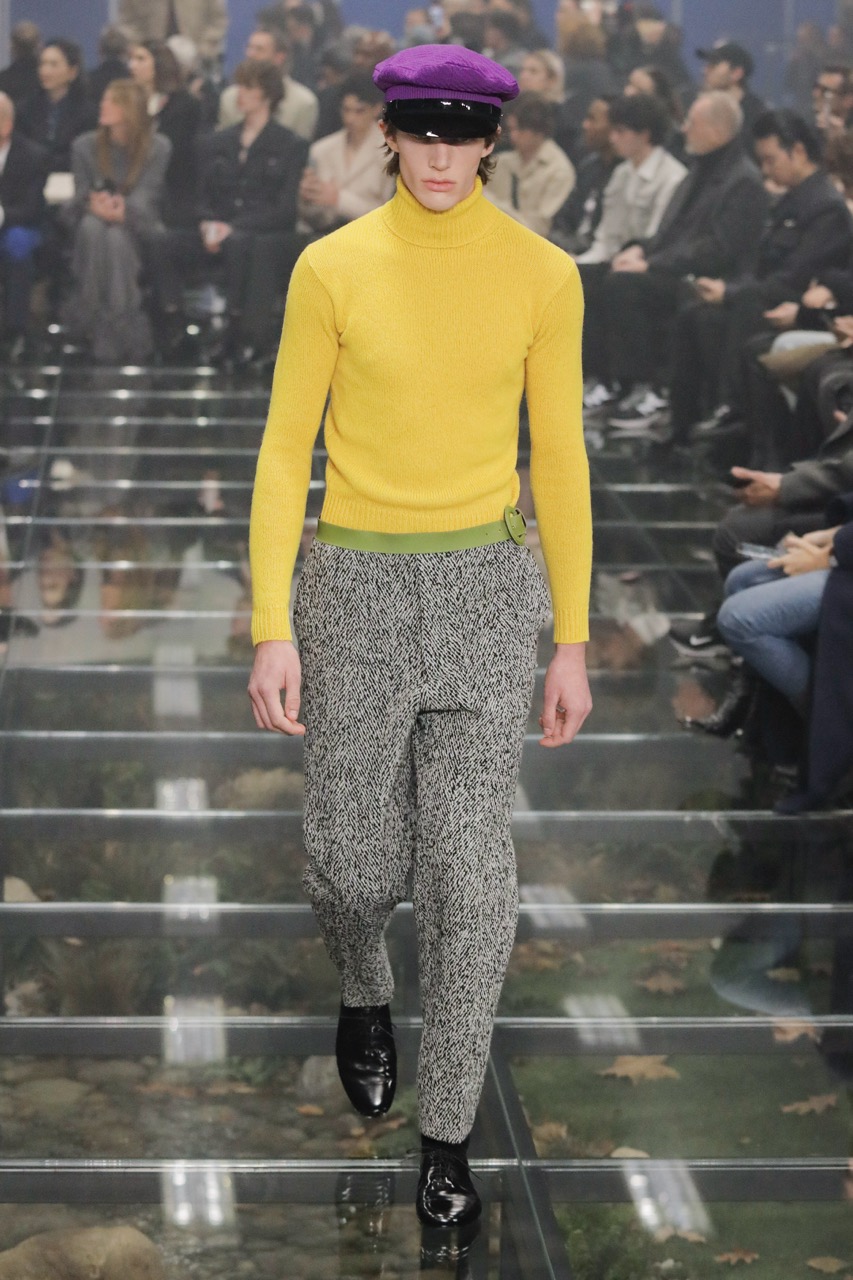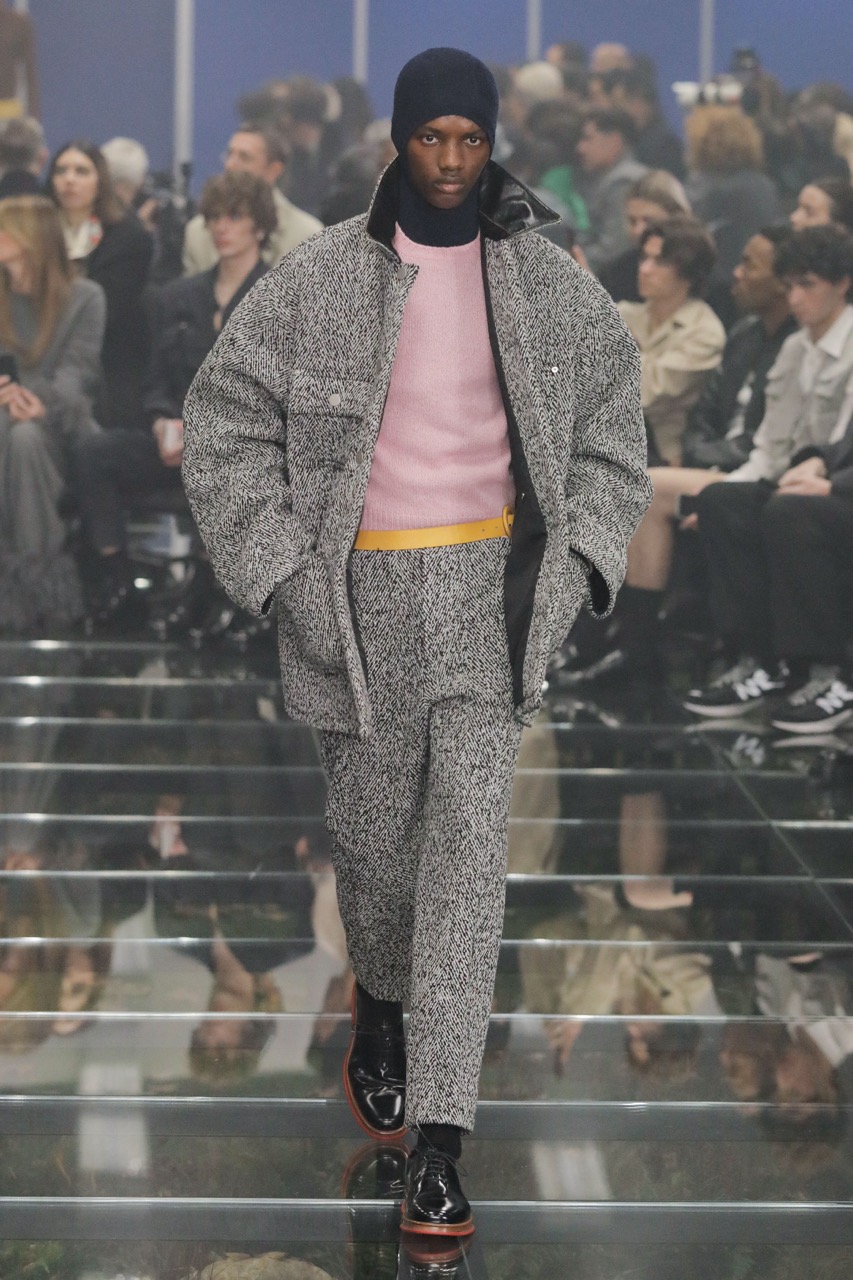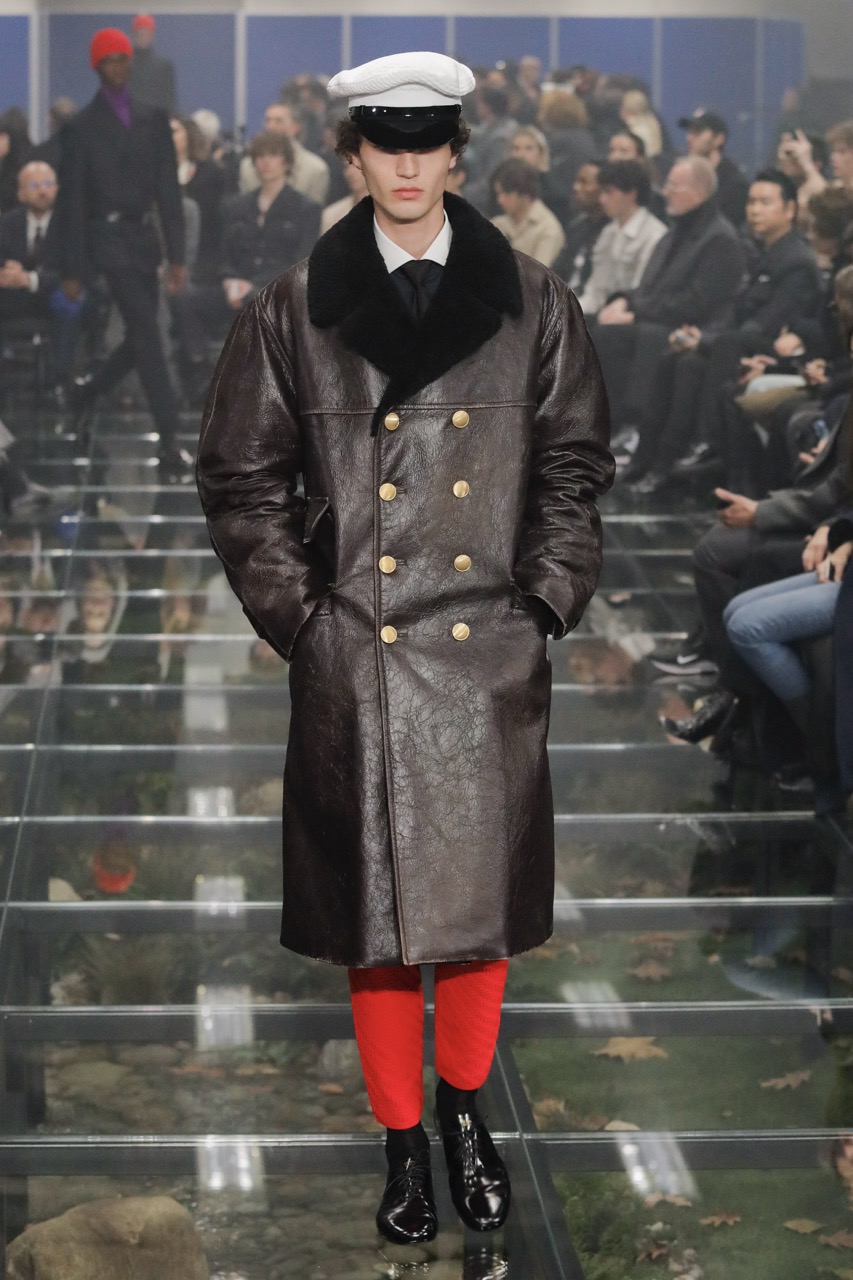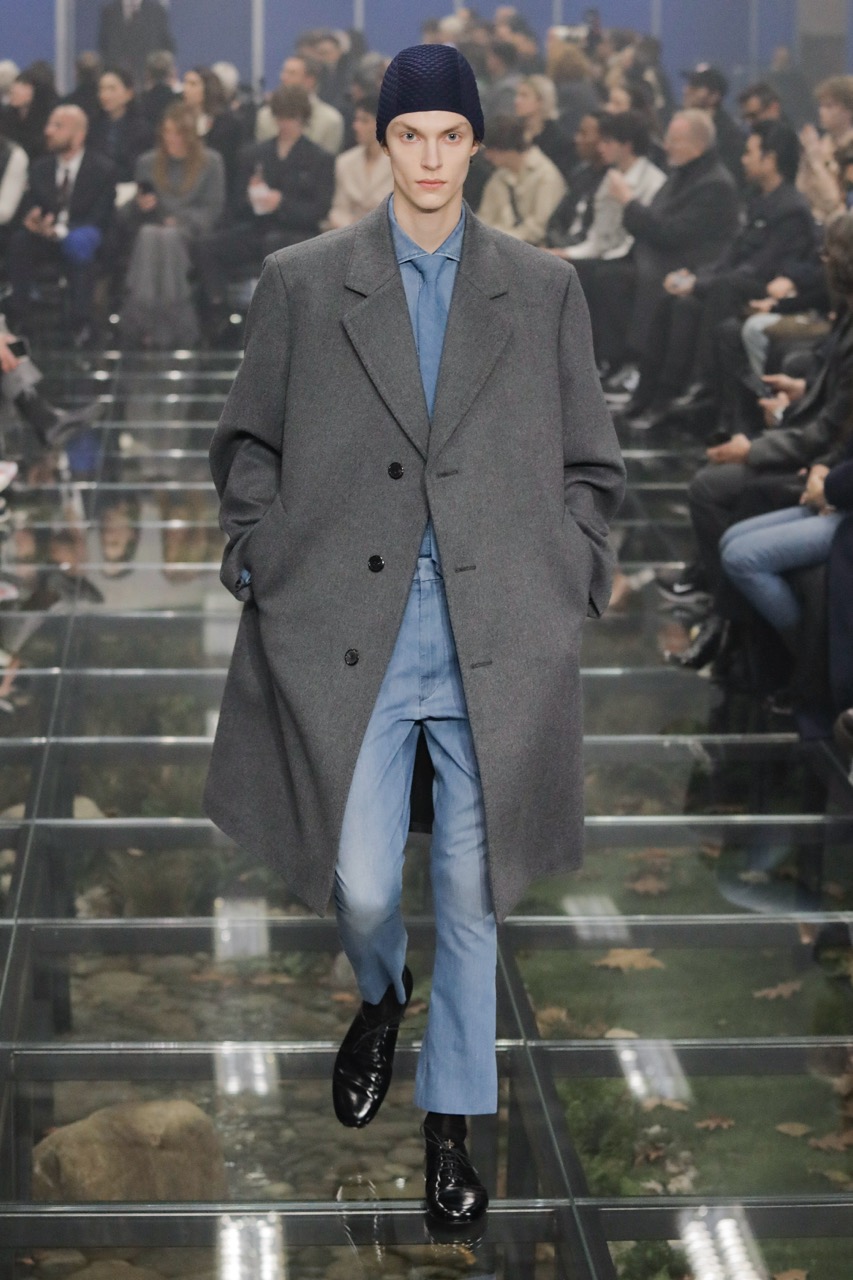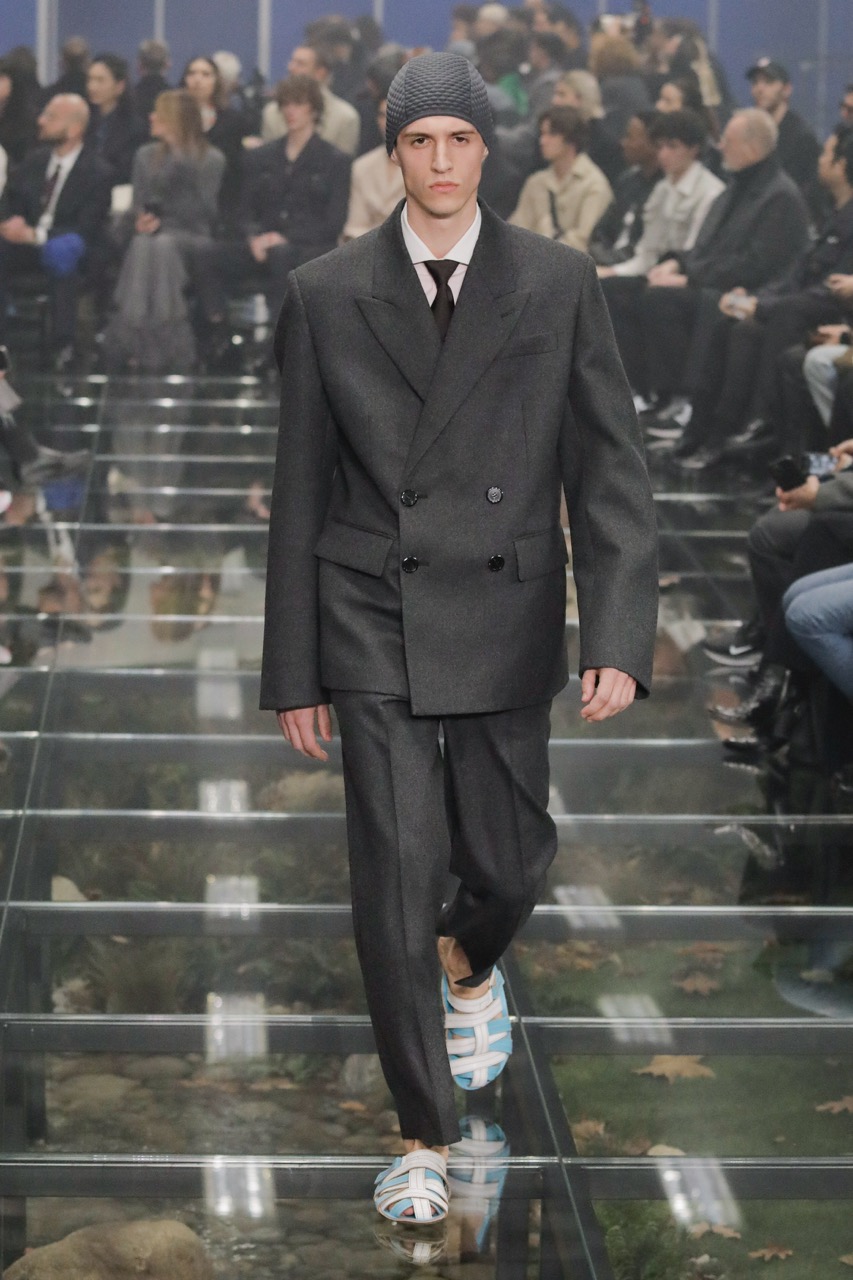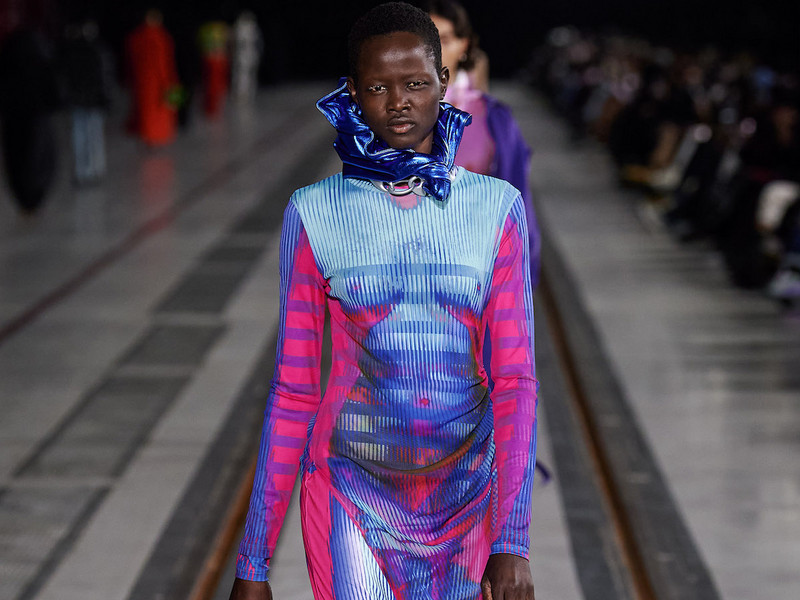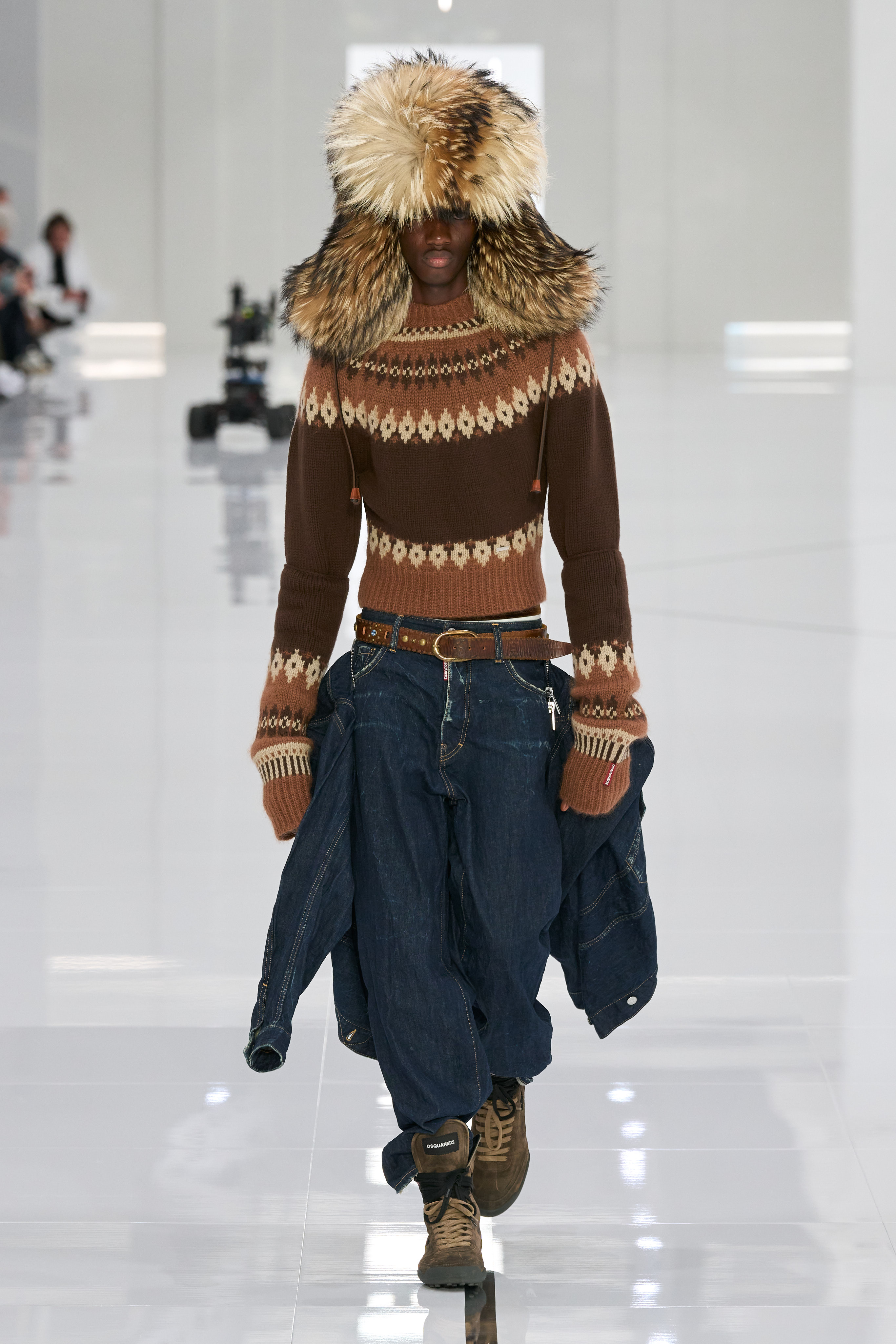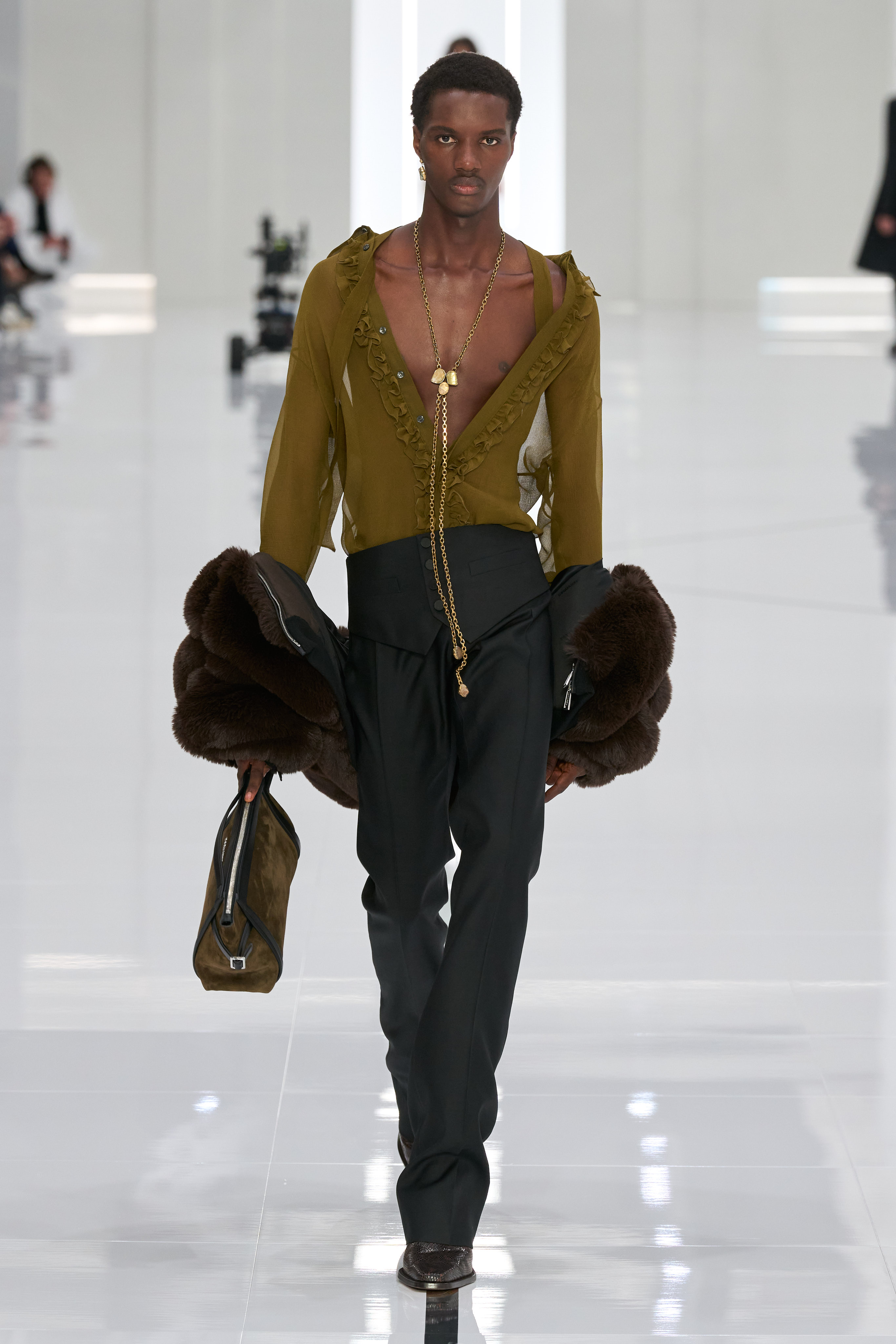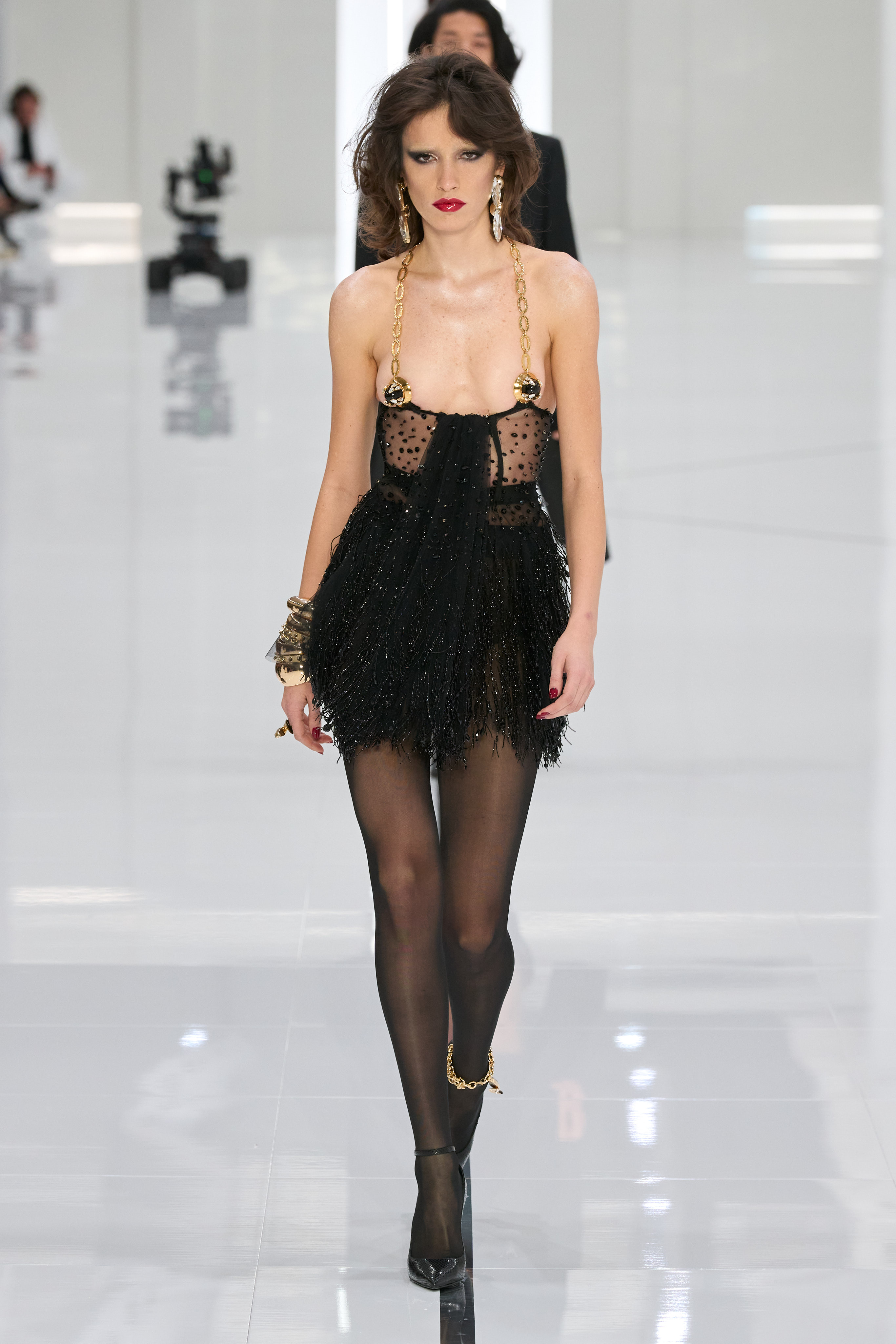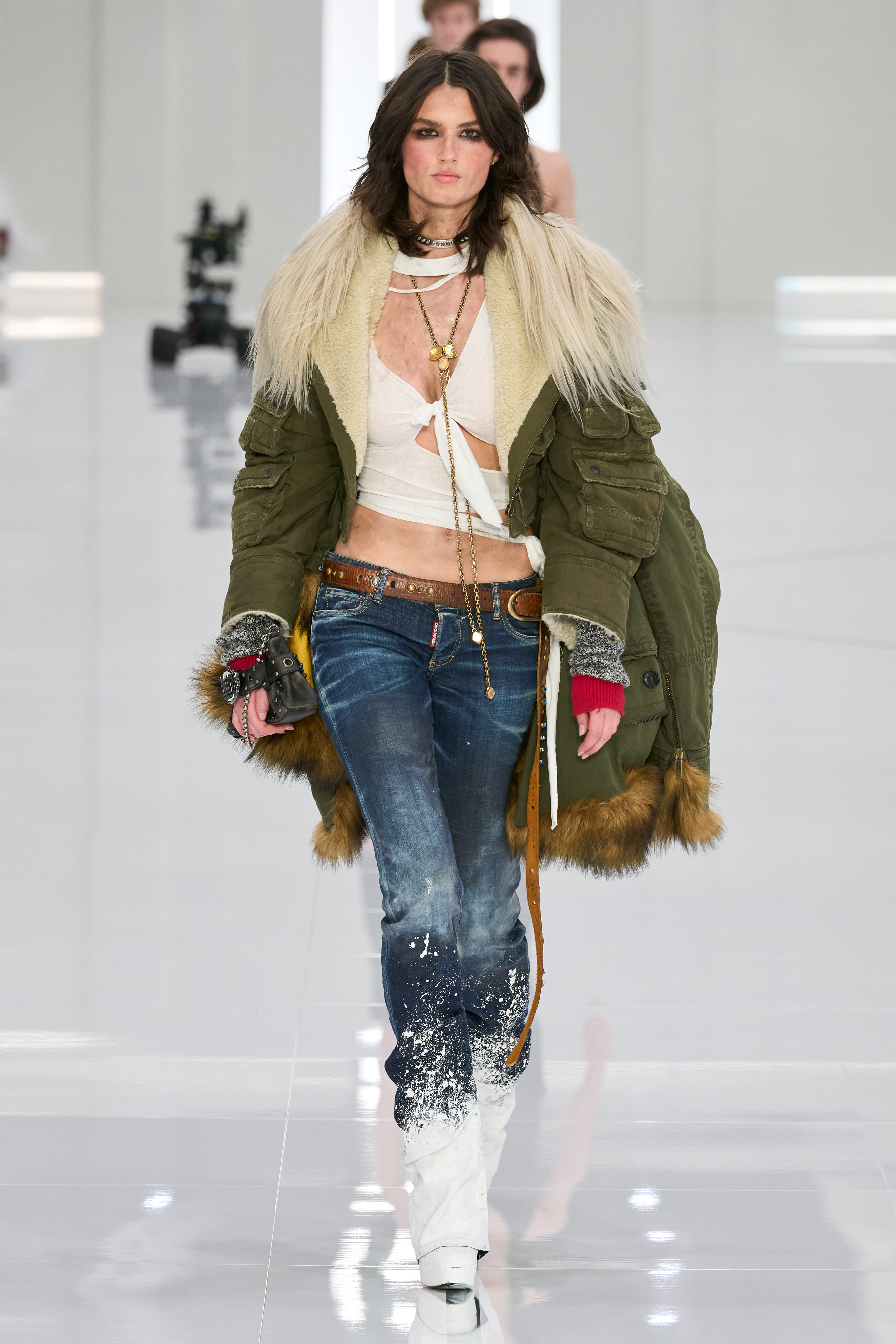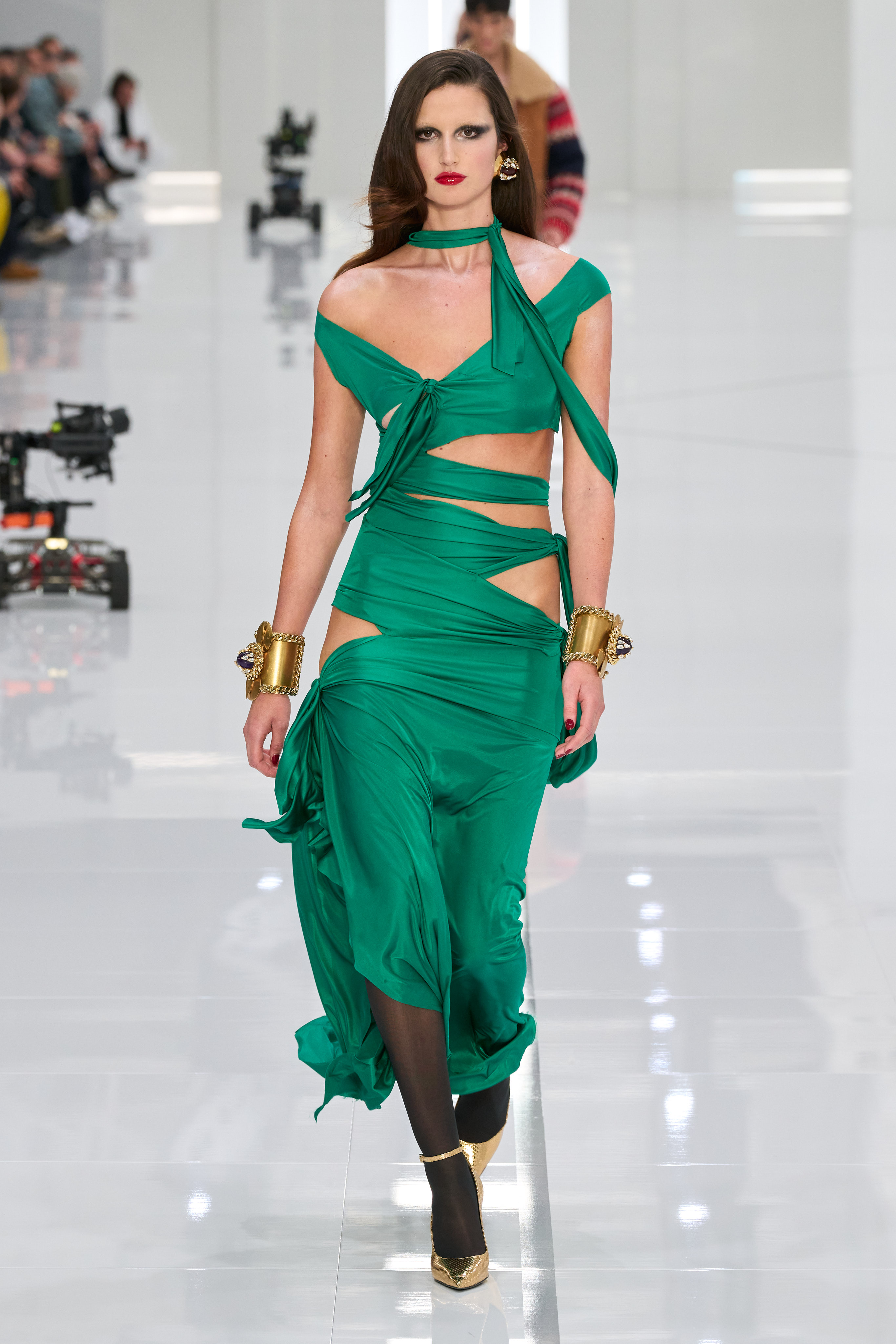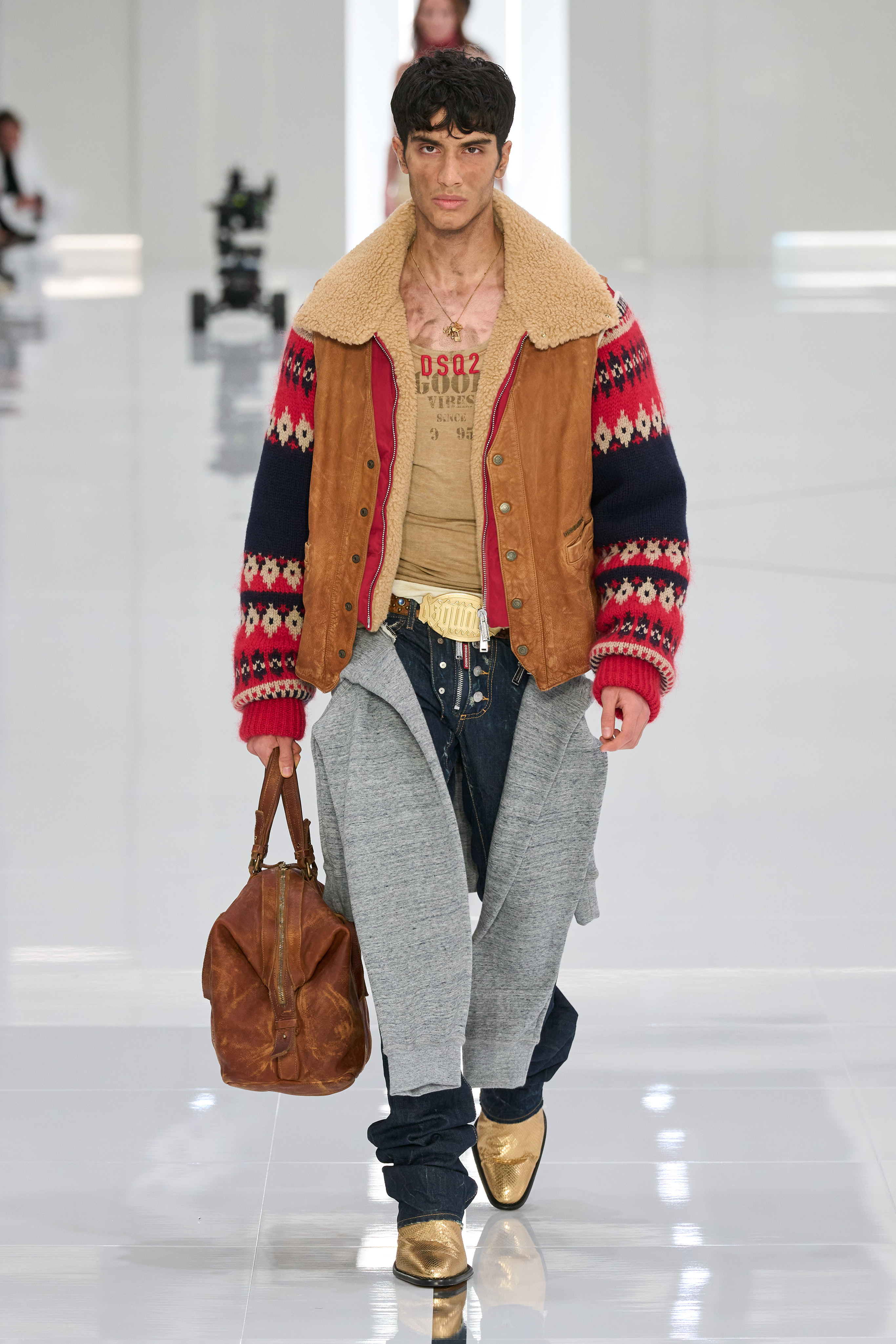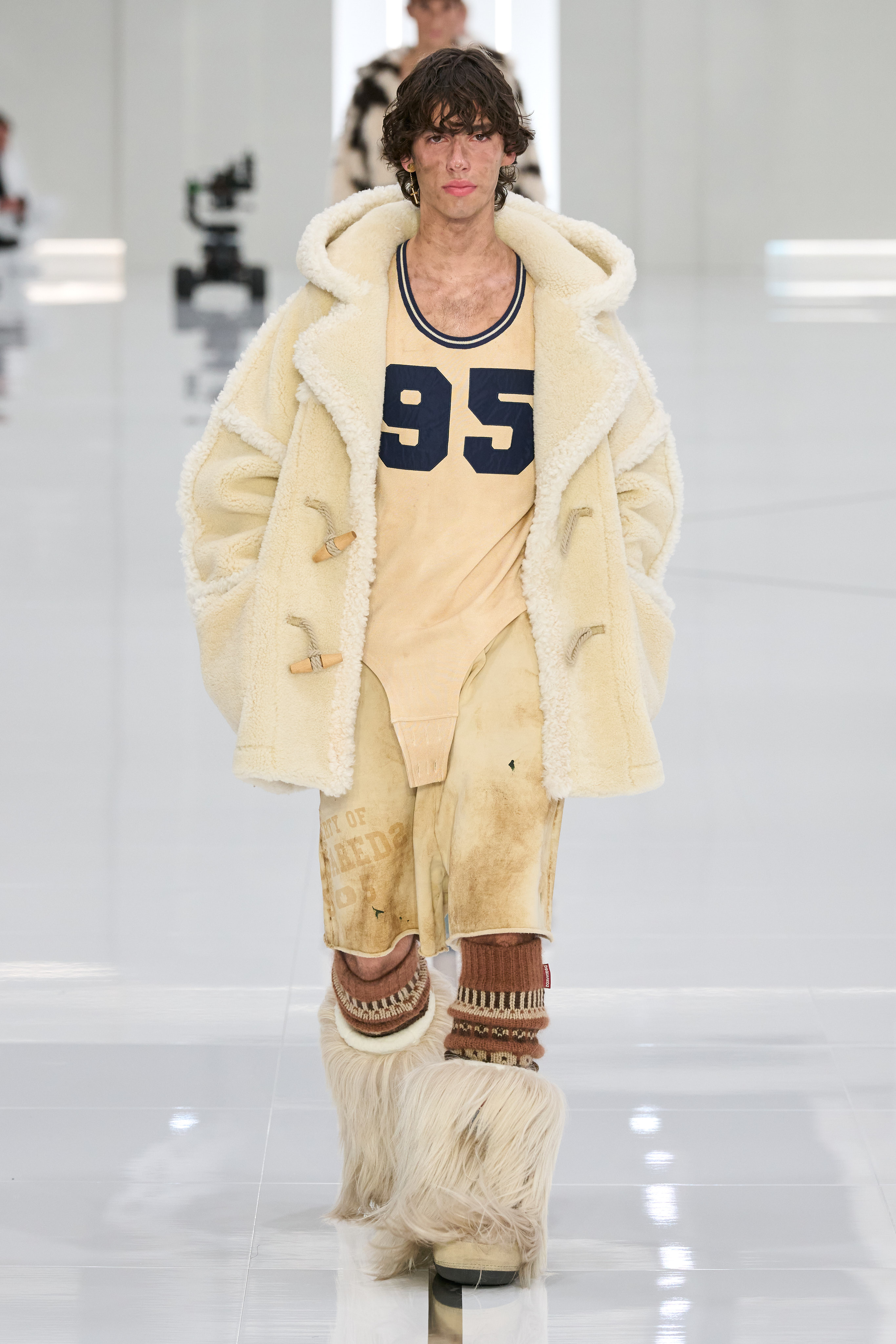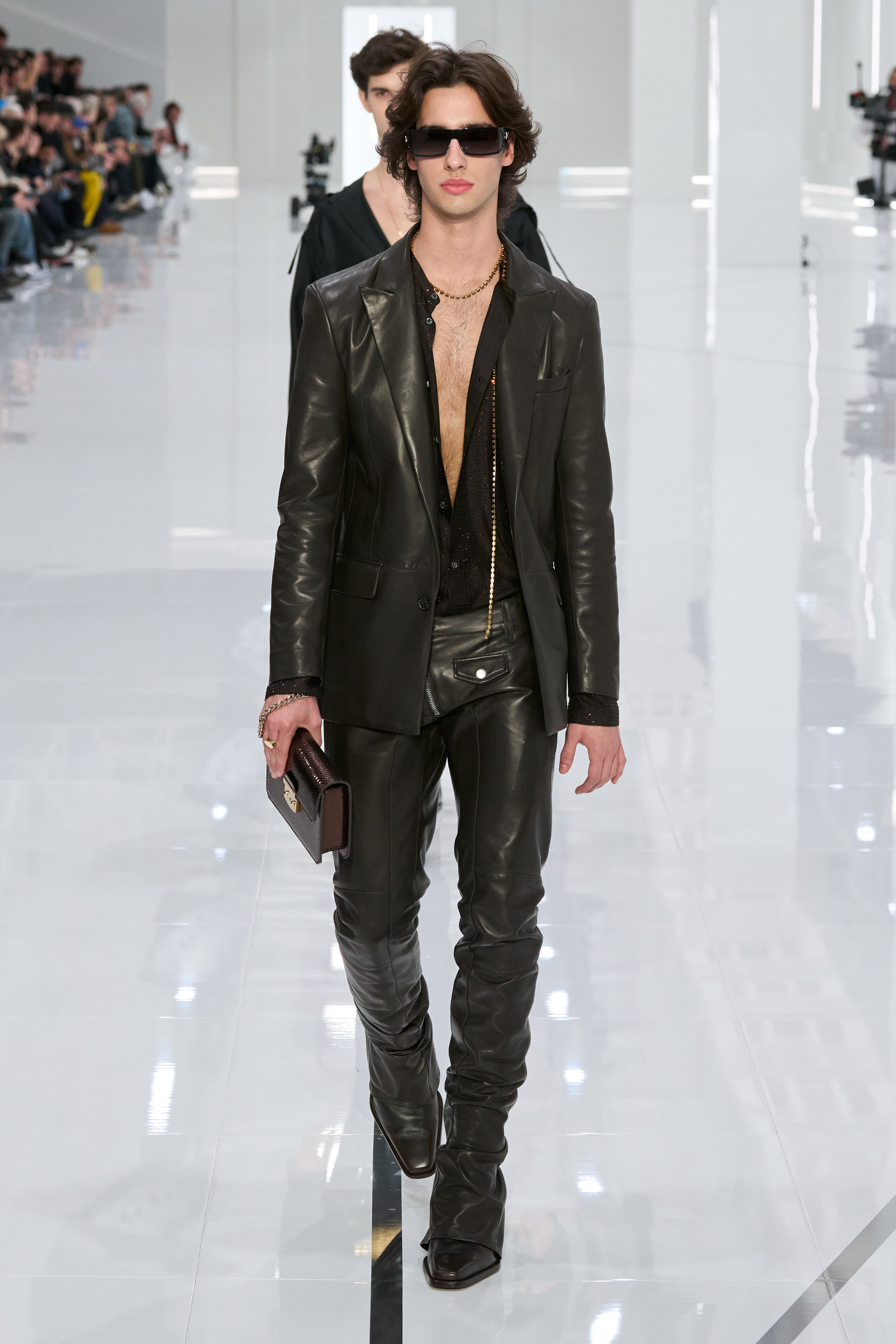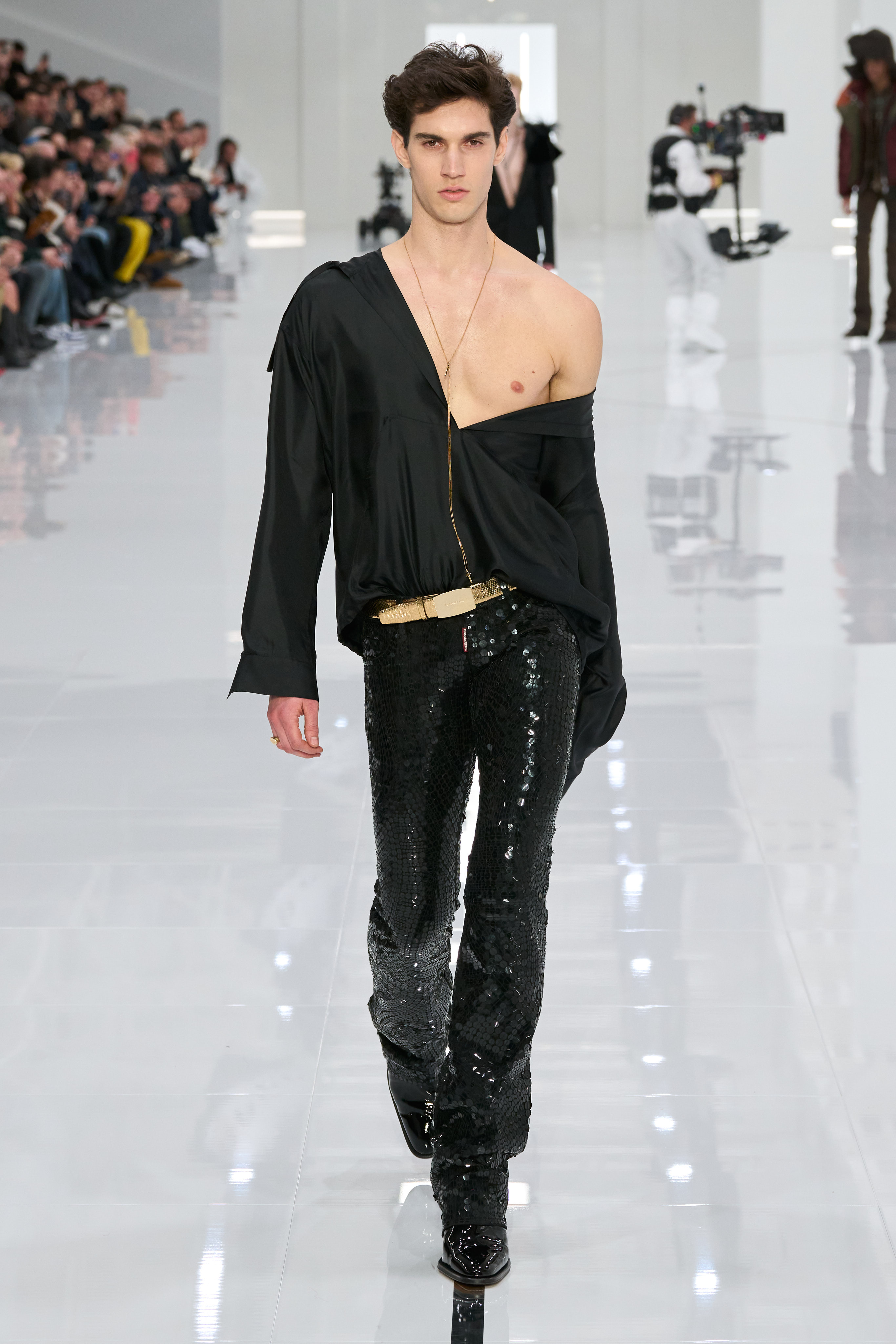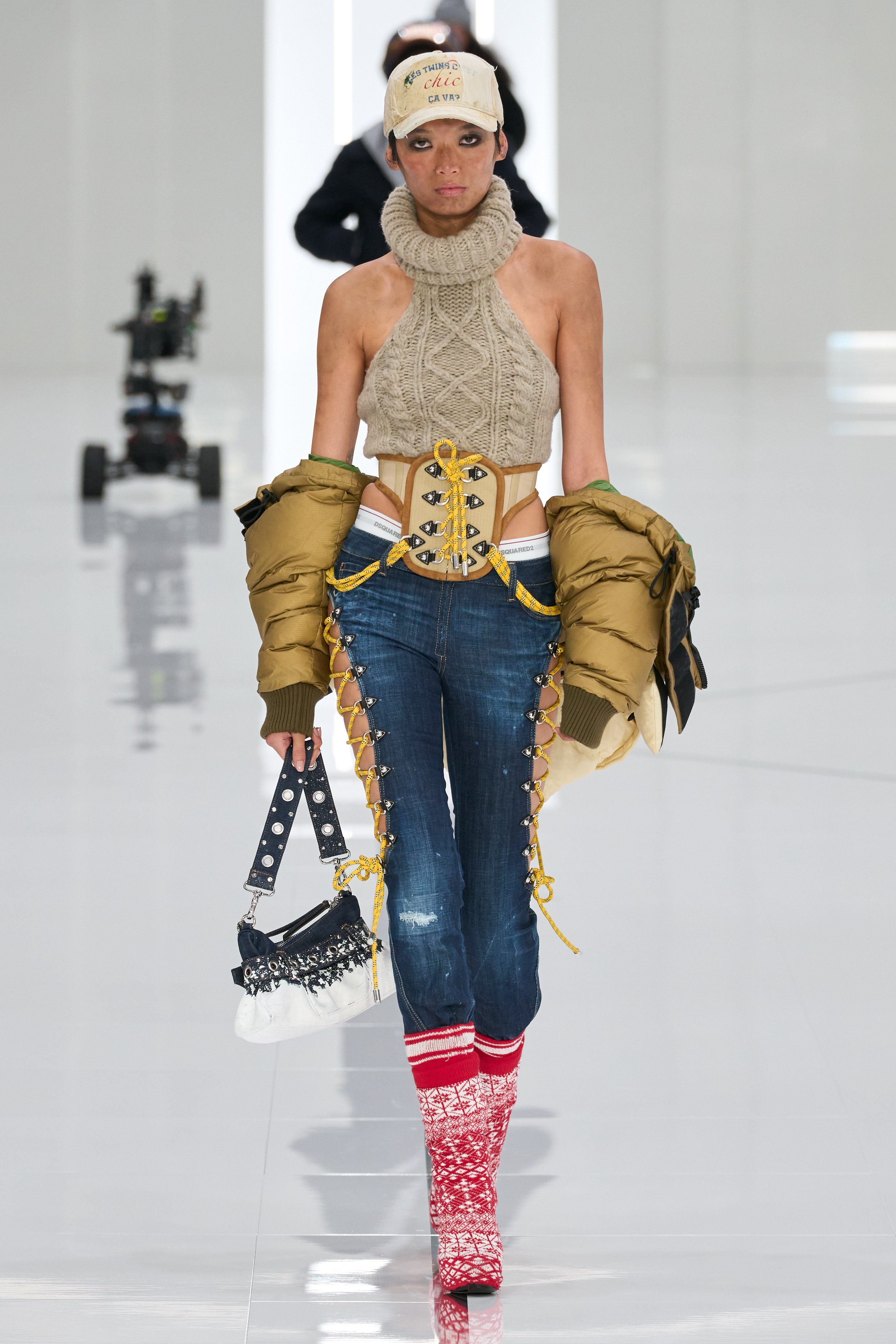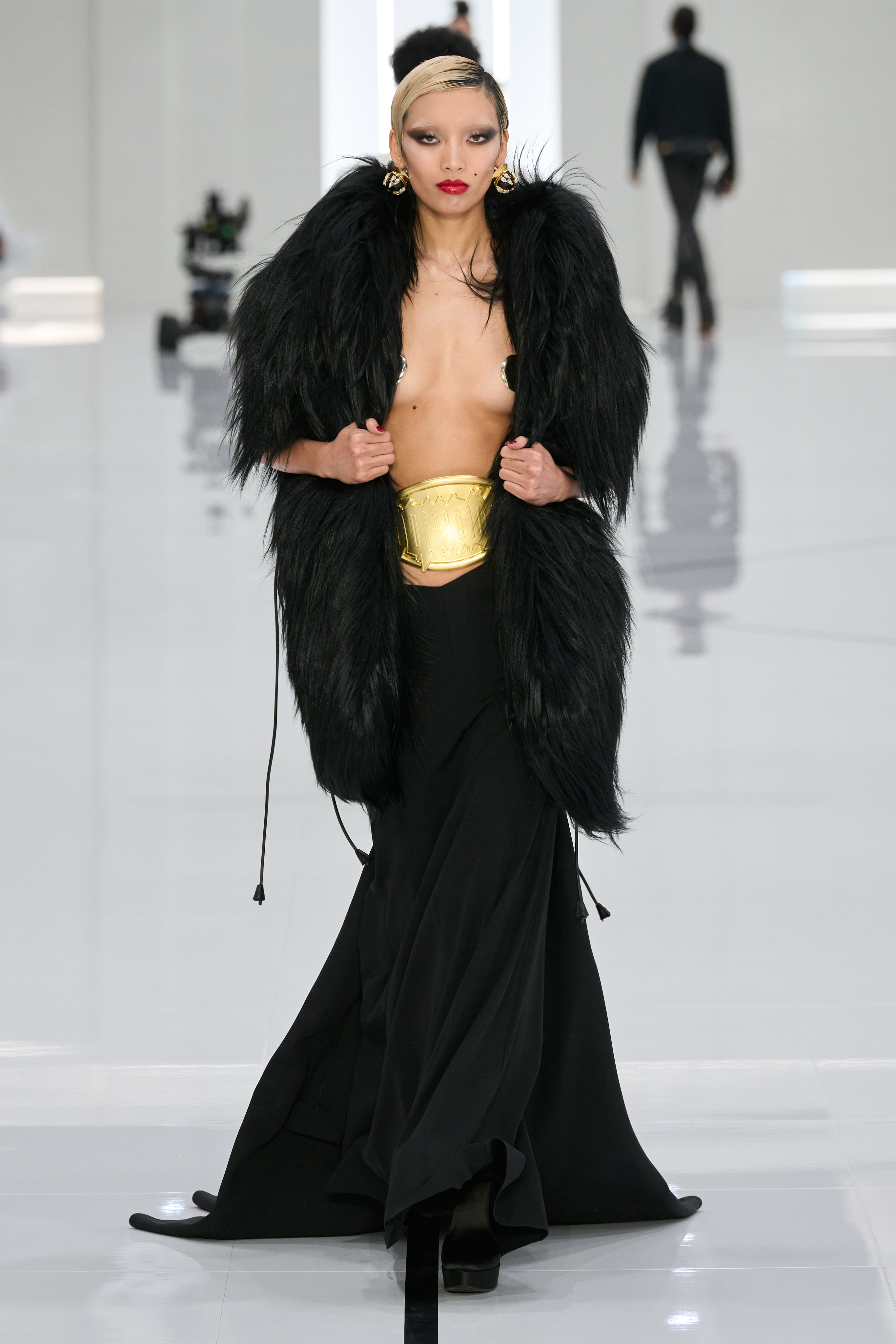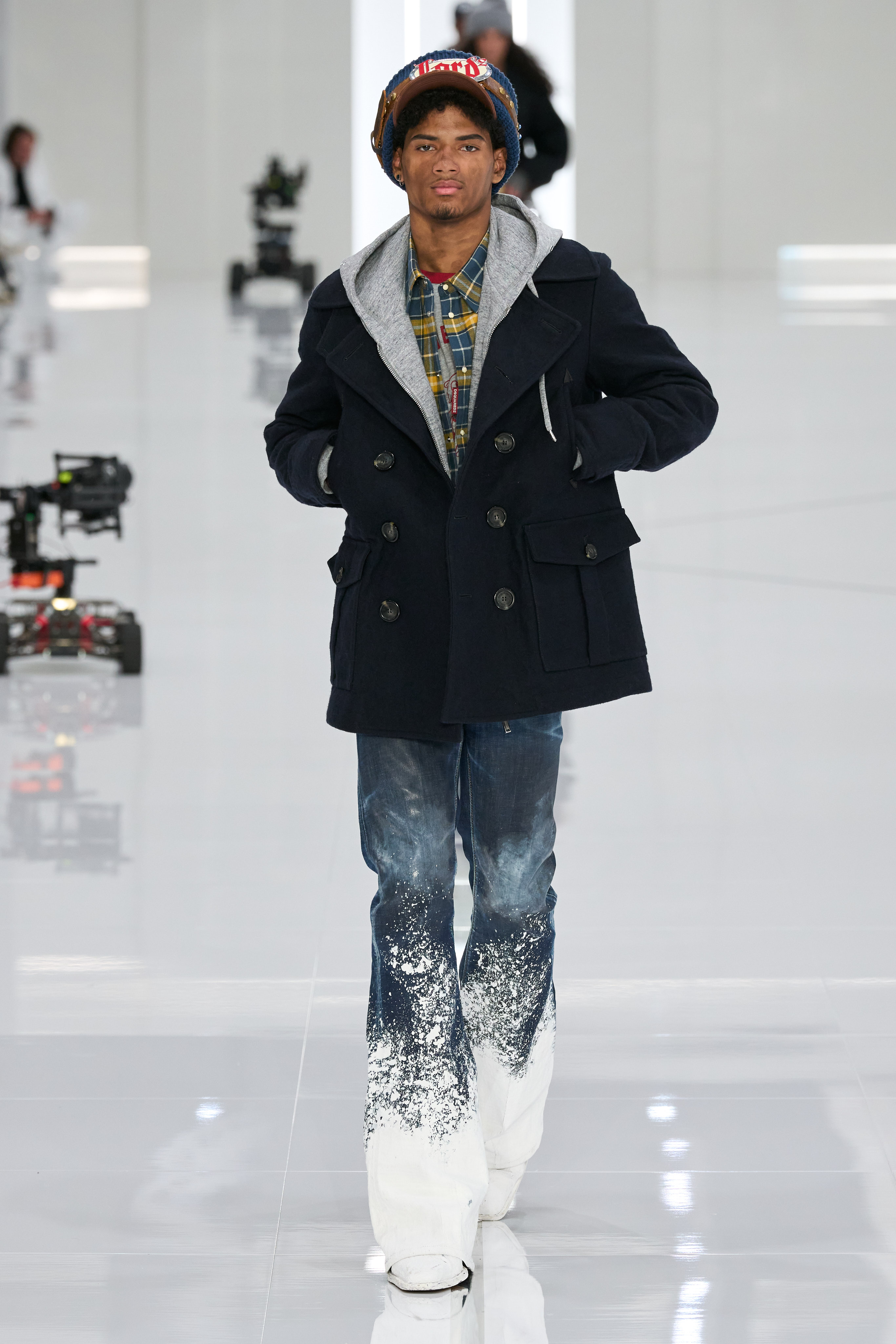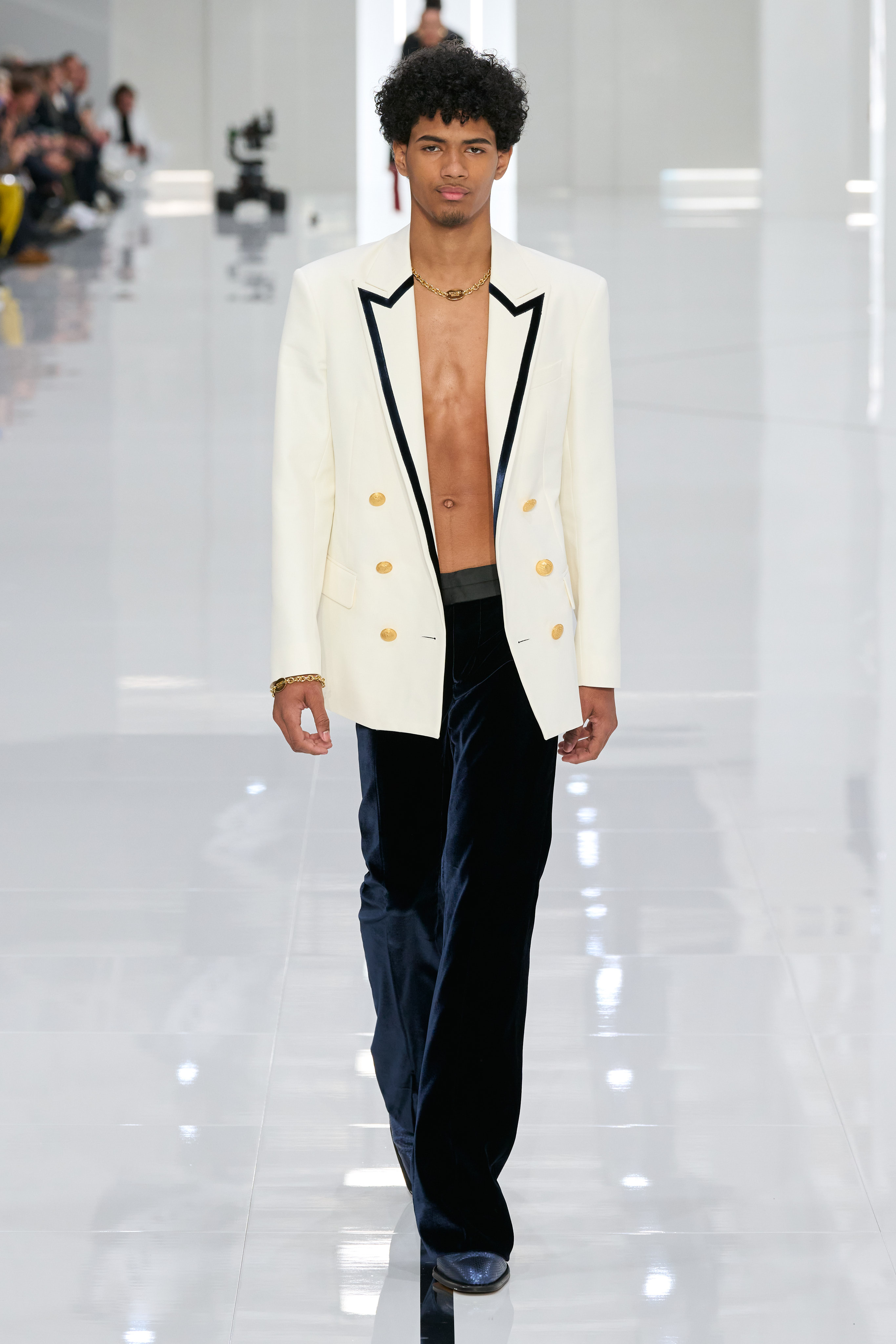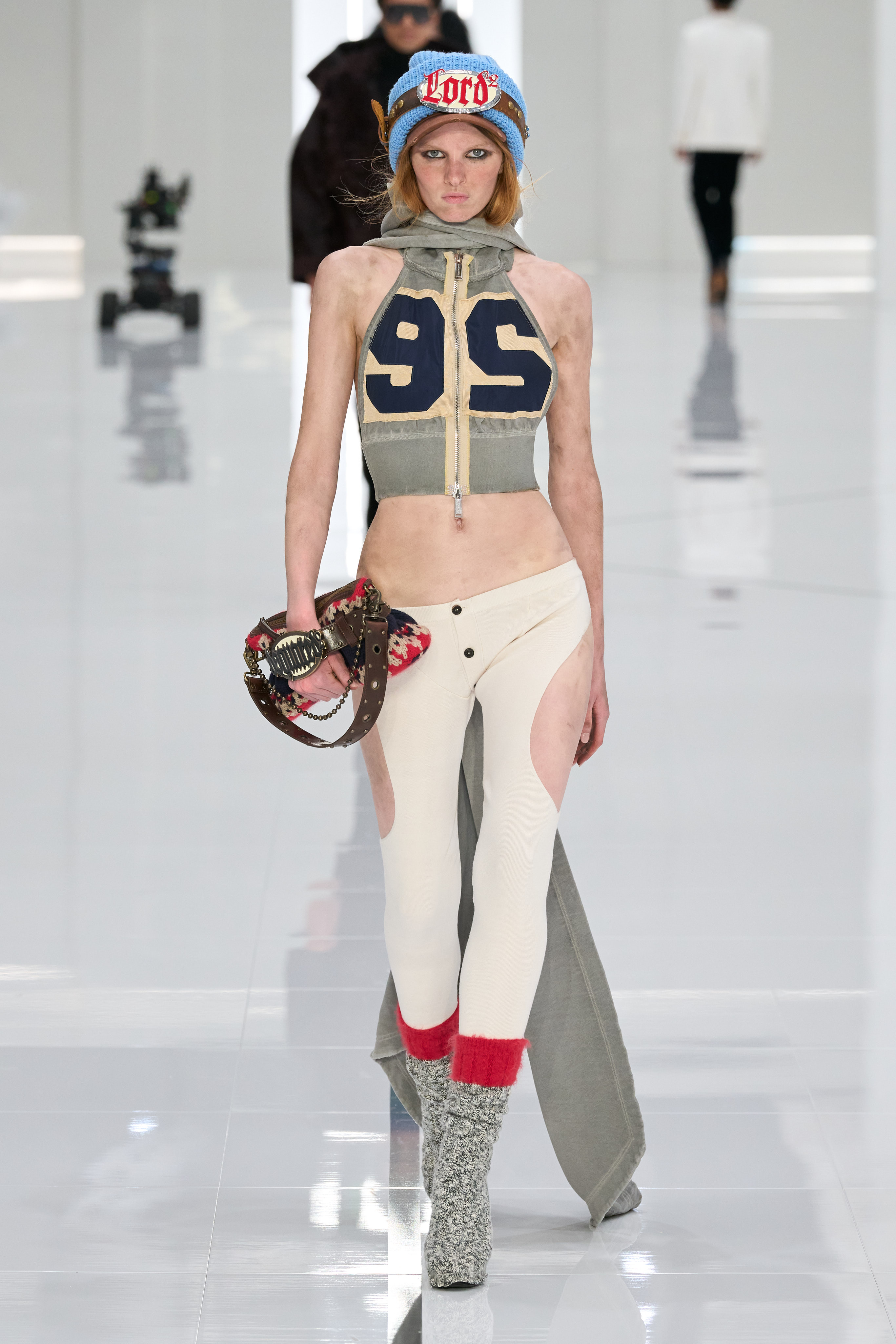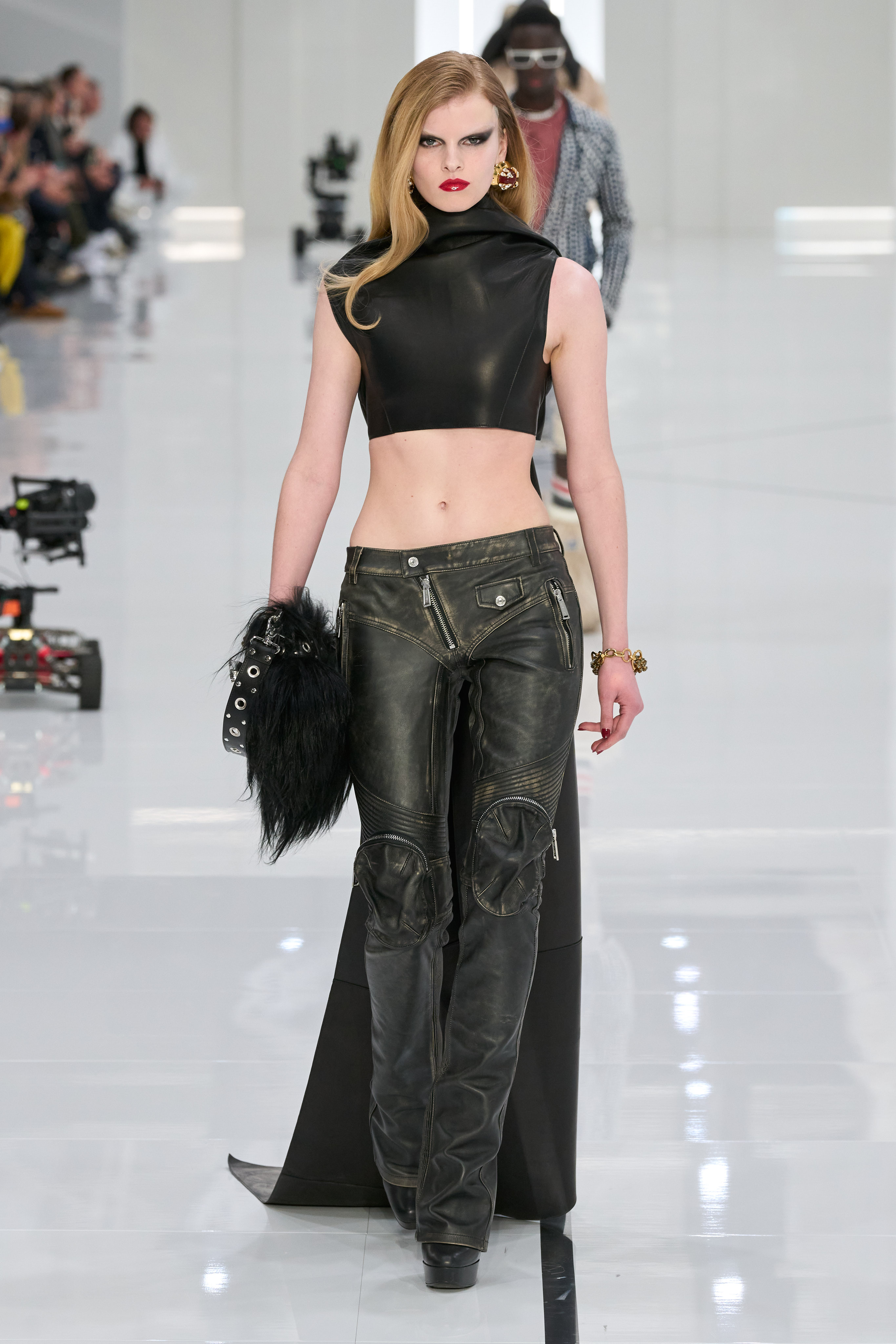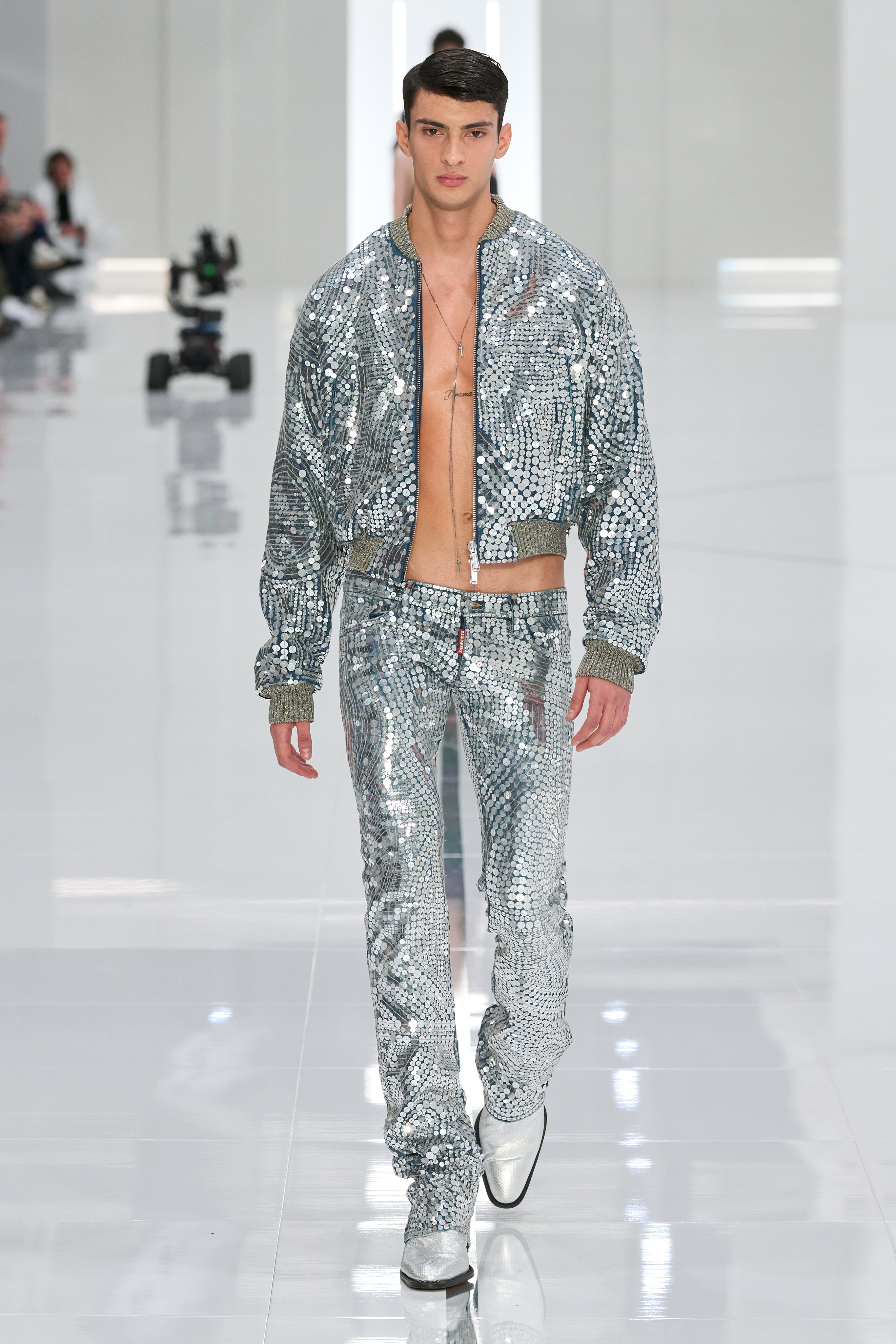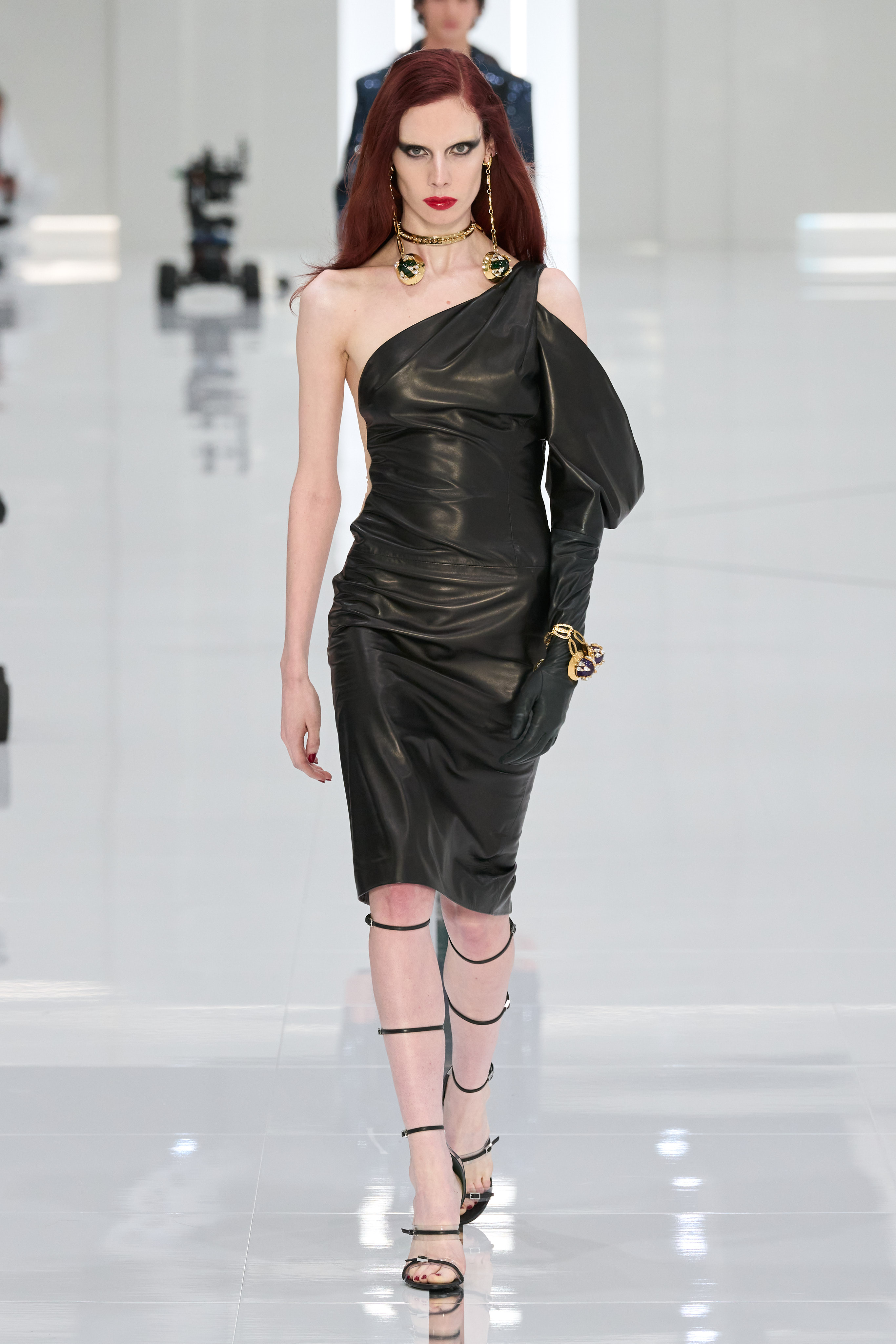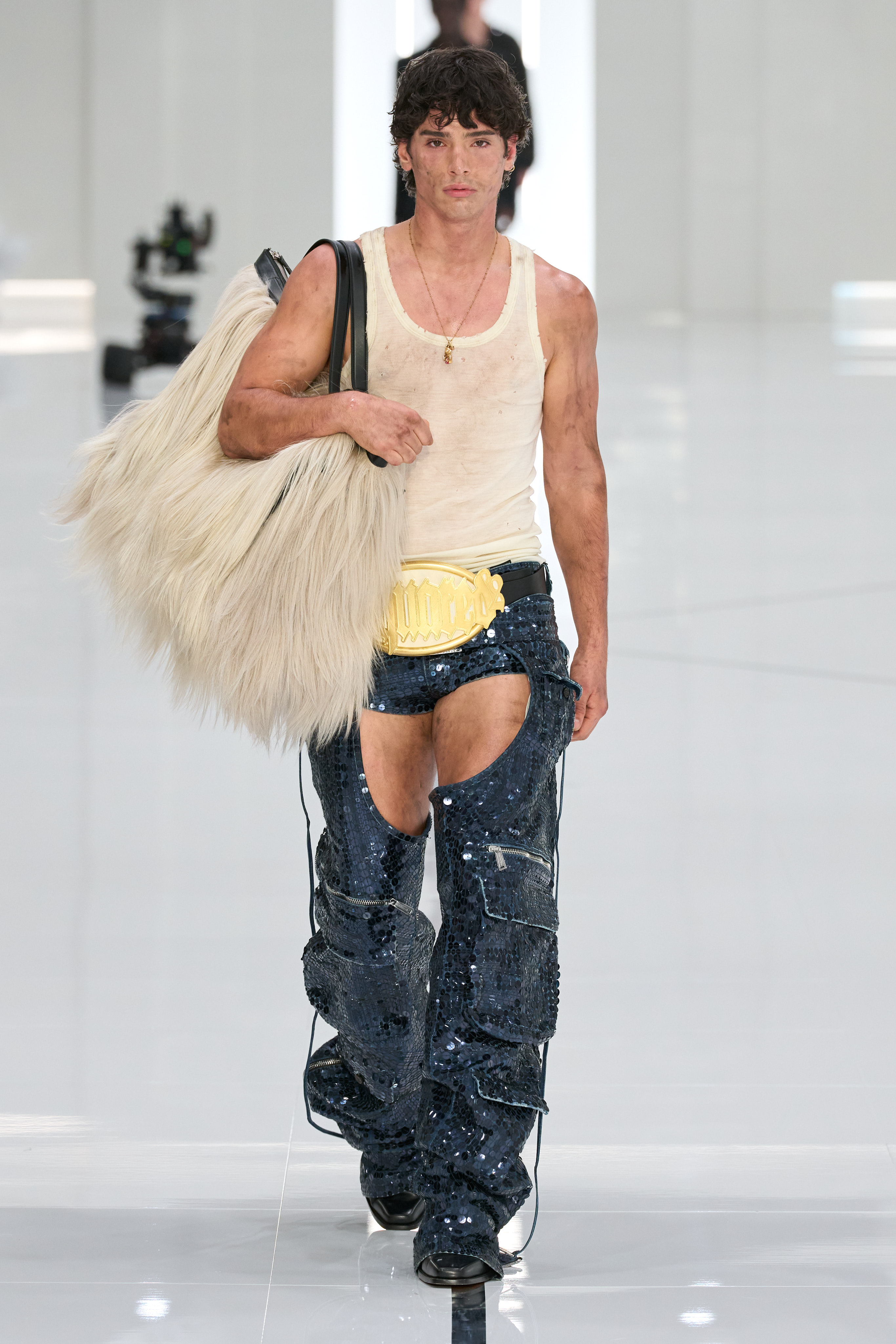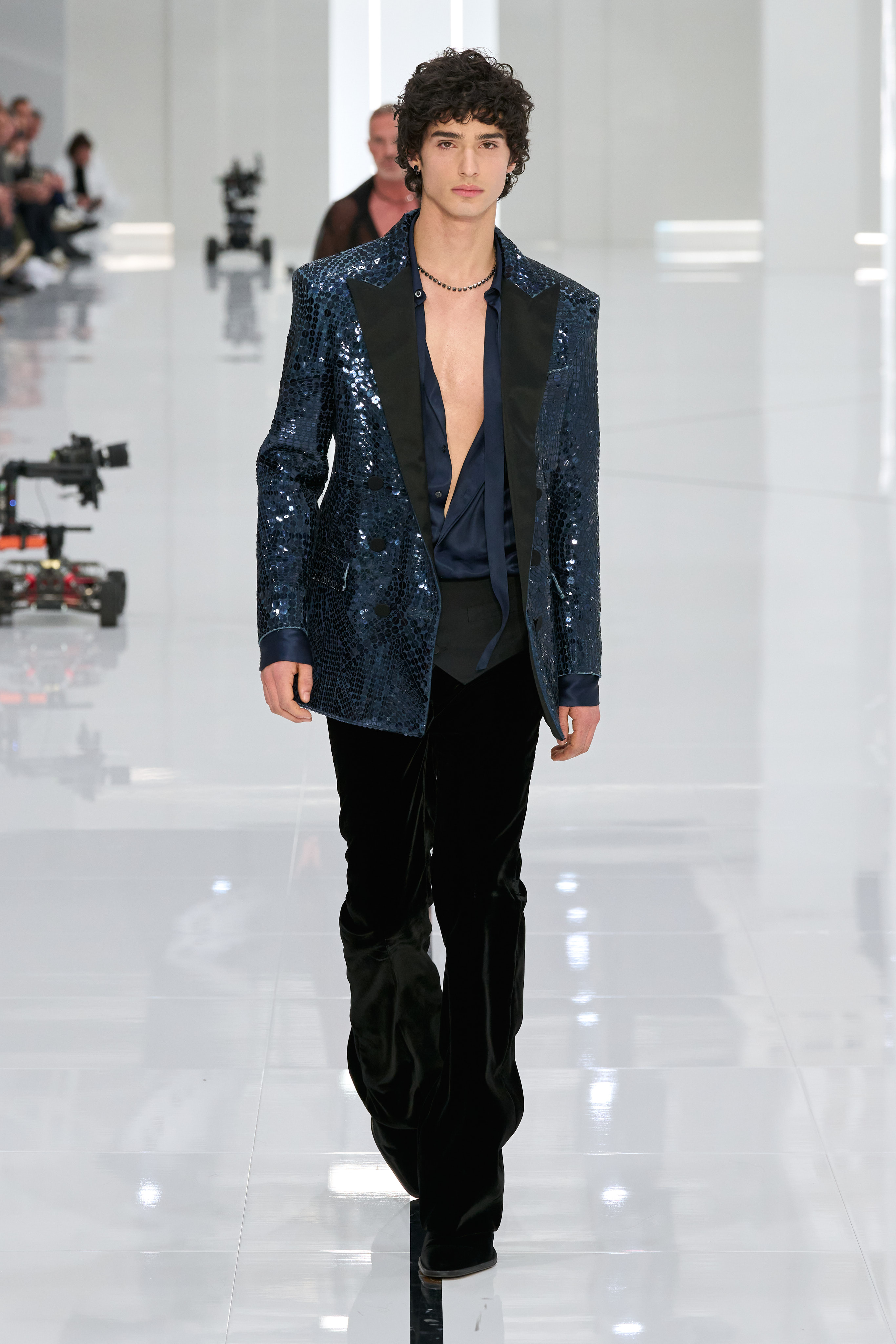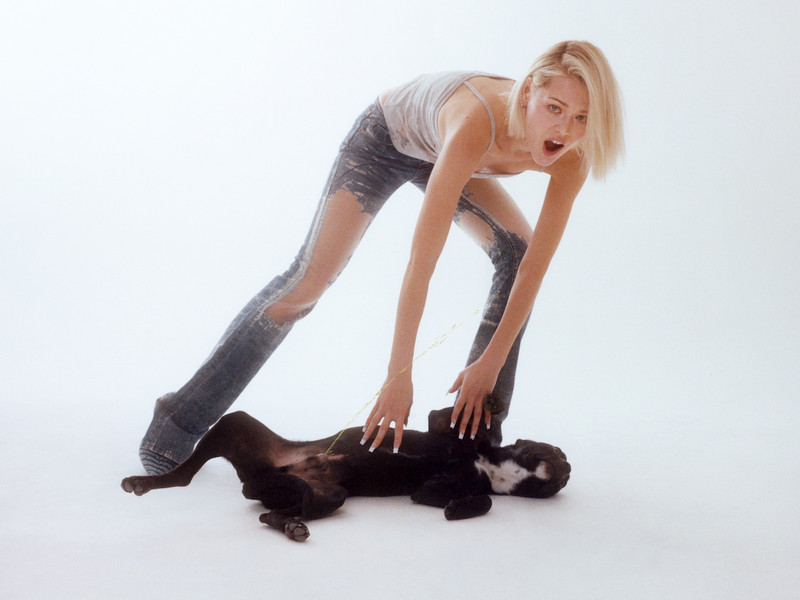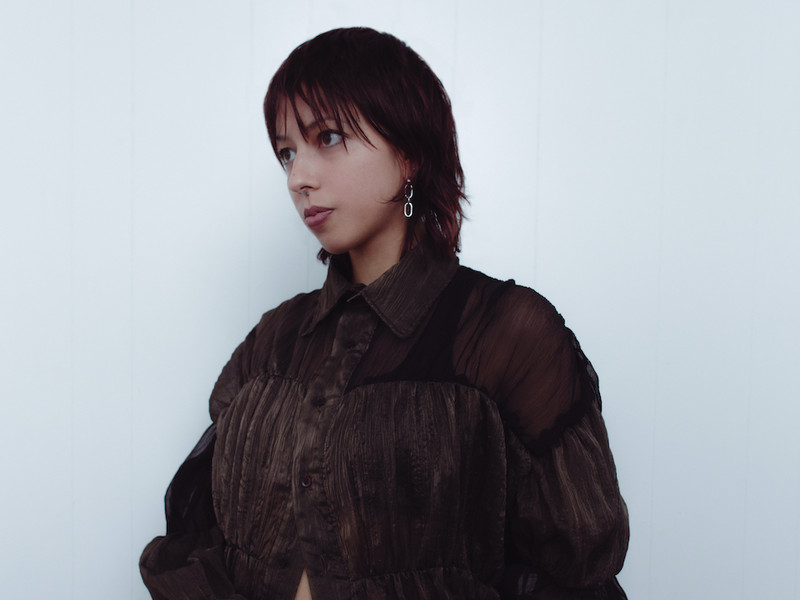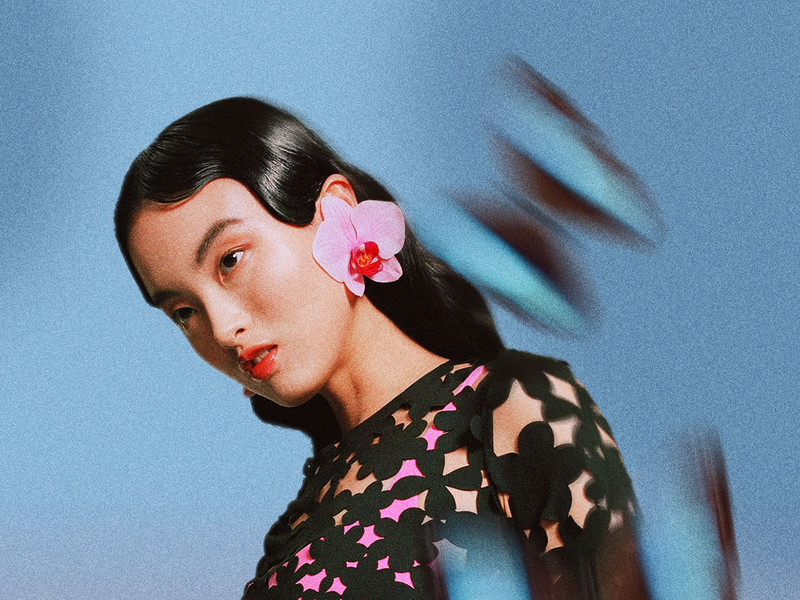Launched at the end of 2023, FOUND captivates with a ready-to-wear, gender neutral F/W collection, “Two Sides of the Same Coin.” Instead of striving for a specific look, Zaidi aims to cultivate a timeless feeling – one that embraces intentional storytelling and a fluid cultural identity. Think lush fields, rich tapestries, equestrian scenes, and delicate embroideries — you could easily wear FOUND out skating, at dinner with friends, or a cozy weekend with family. Crafted with care and ethical mindfulness, Zaidi’s clothing has been seen on the likes of Rihanna, Jack Harlow, Kendrick Lamar, Gigi Hadid, and The Weeknd, and is now sold across a range of luxury retailers such as Saks Fifth Ave, Neiman Marcus, Selfridges, and Nordstrom.
Perhaps the most underrated element of Zaidi’s rebrand is a short film used to convey the essence of, what can only be described as, childhood nostalgia. Using Super-8 footage, the film–set against the backdrop of East Pakistan — captures a young boy’s journey past the confines of the unknown into creative liberation. It ends with a voiceover in Urdu meant to underscore the ethos of FOUND: “When others are able to see themselves in anything that has been created, then that piece of work is remembered forever and it stays close to people’s hearts. And anything that is able to stay close to people’s hearts, that is what continues to live on.”
Over a series of conversations, Zaidi walks me through his creative odyssey: from the genesis of FOUND and his interest in fashion to his desire to create clothing that allows for complete freedom of expression — regardless of culture or background.
Let's go to the start: can you take me back to the mindset you were in when you first began thinking about creating your own fashion brand?
Early on in my childhood, something clicked when it came to my interest in fashion. For young, impressionable kids there are unspoken things that pull us in a certain direction and allow us to develop fascinations. It’s often not until later we can make sense of it all. For me, it could have begun by spending an extra five seconds on the color of my shoe laces or the texture of my hoodie and wondering if the color could’ve been two shades lighter.
Growing up in a culturally rich environment, I'm certain, played its role. Being around my grandmother, my aunts, and even seeing my own mother adorned in traditional Pakistani attire — embellished with detailed embroideries with intricate florals and paisley patterns alongside a variety of fabrics, each with its unique sheen and texture — must’ve sparked something in me. Now, when I see old photographs of myself, I think back to what may have gone through my head at eight- or nine-years-old while picking the outfits I was wearing at the time.
This was a powerful realization. Though it wasn’t until after college — and due to countless candid conversations with my sister and cousin, Iram and Nabil (eventual co-founders of the brand) — that we mutually identified a need in the market for intentional clothing. This sparked the idea of building a brand. We never had a formal business plan or received any technical training. We knew nothing about pattern-making or printing, and didn’t have the faintest idea of how to piece any of this together. What we did share was a background shaped by entrepreneurial fathers and, most notably, a shared immigrant "we'll navigate through this and figure it out as we go” mindset.
